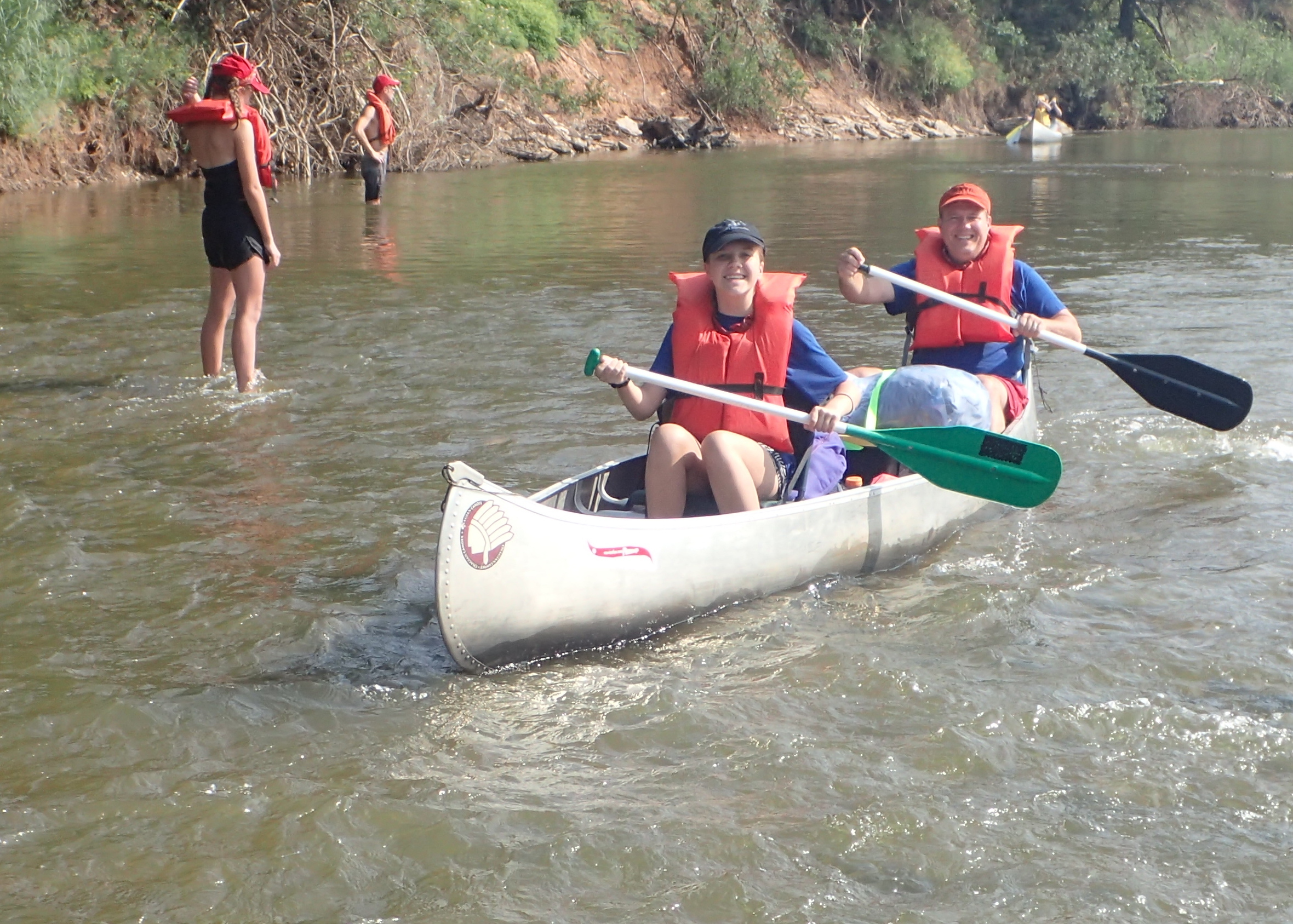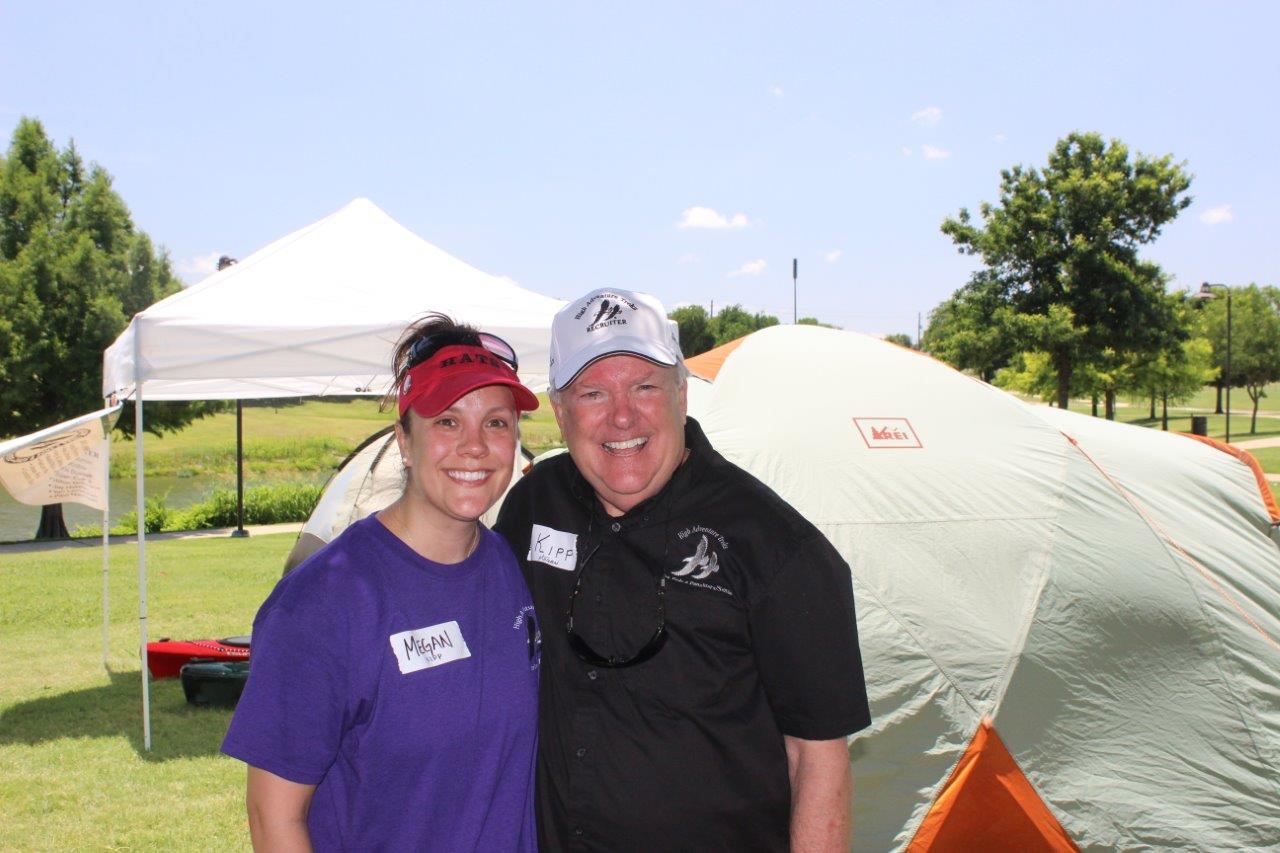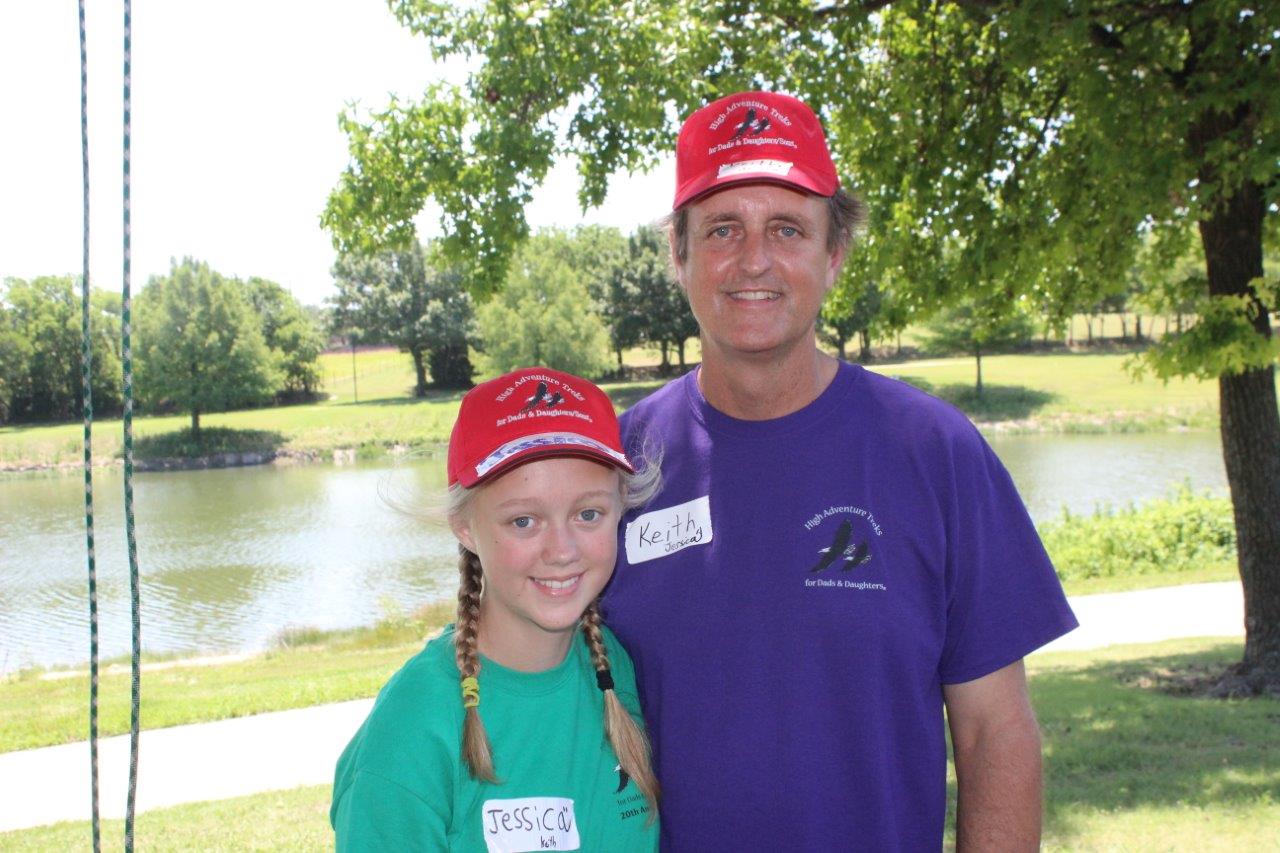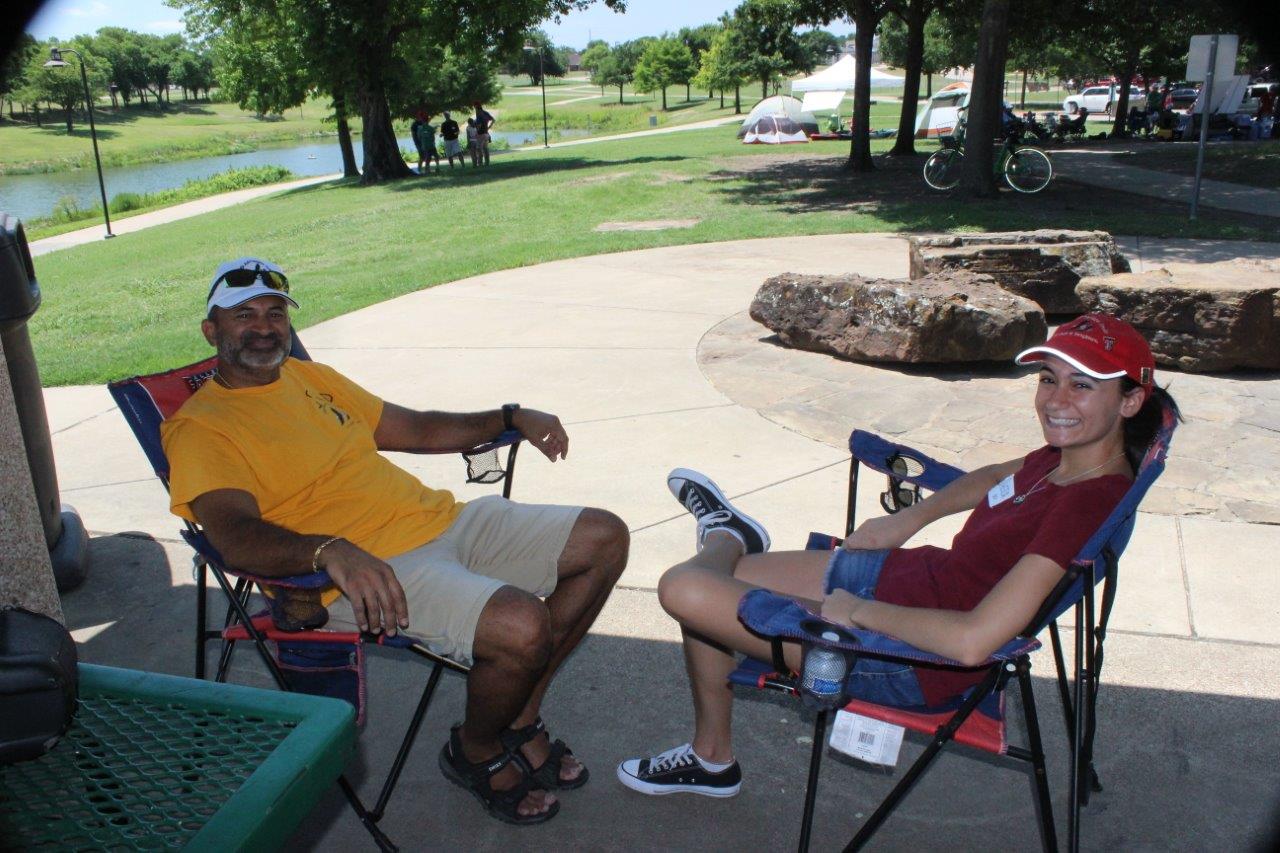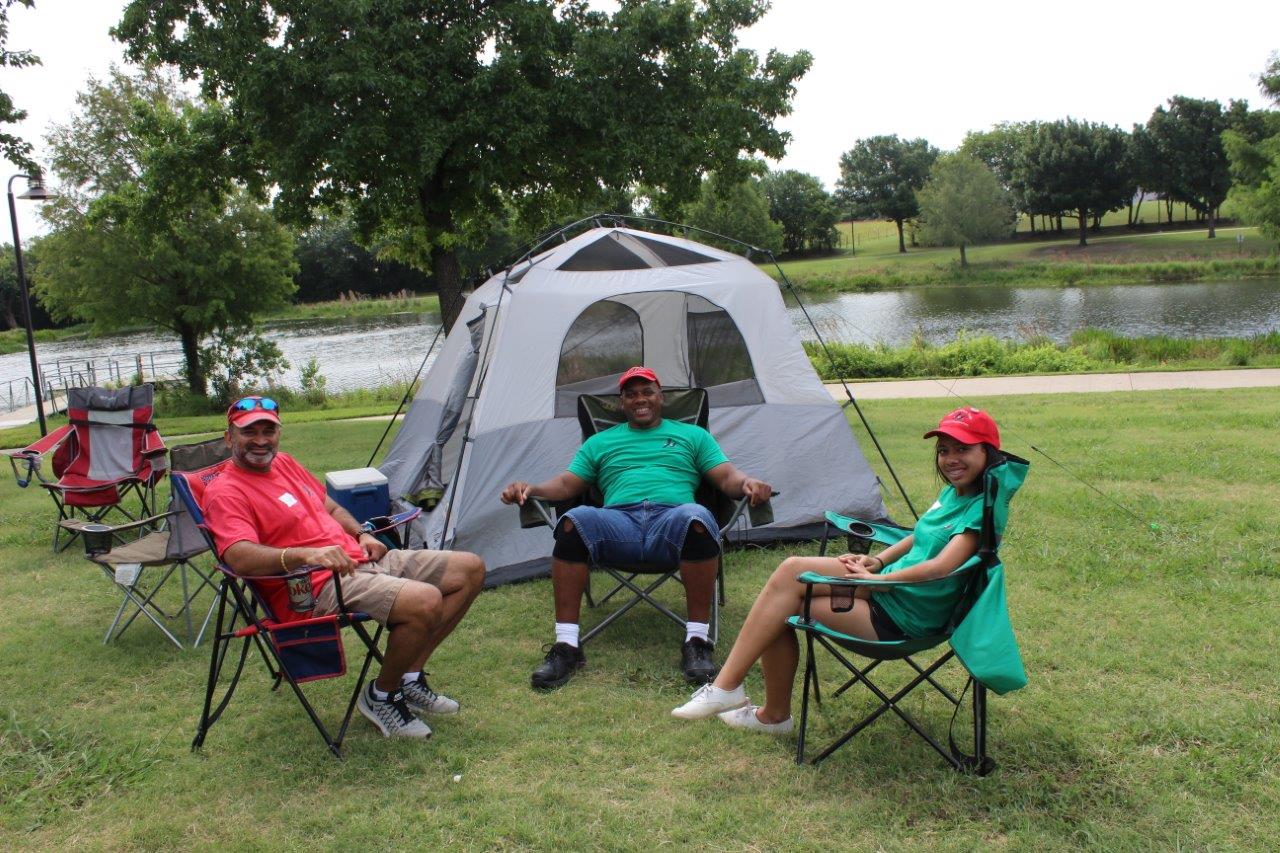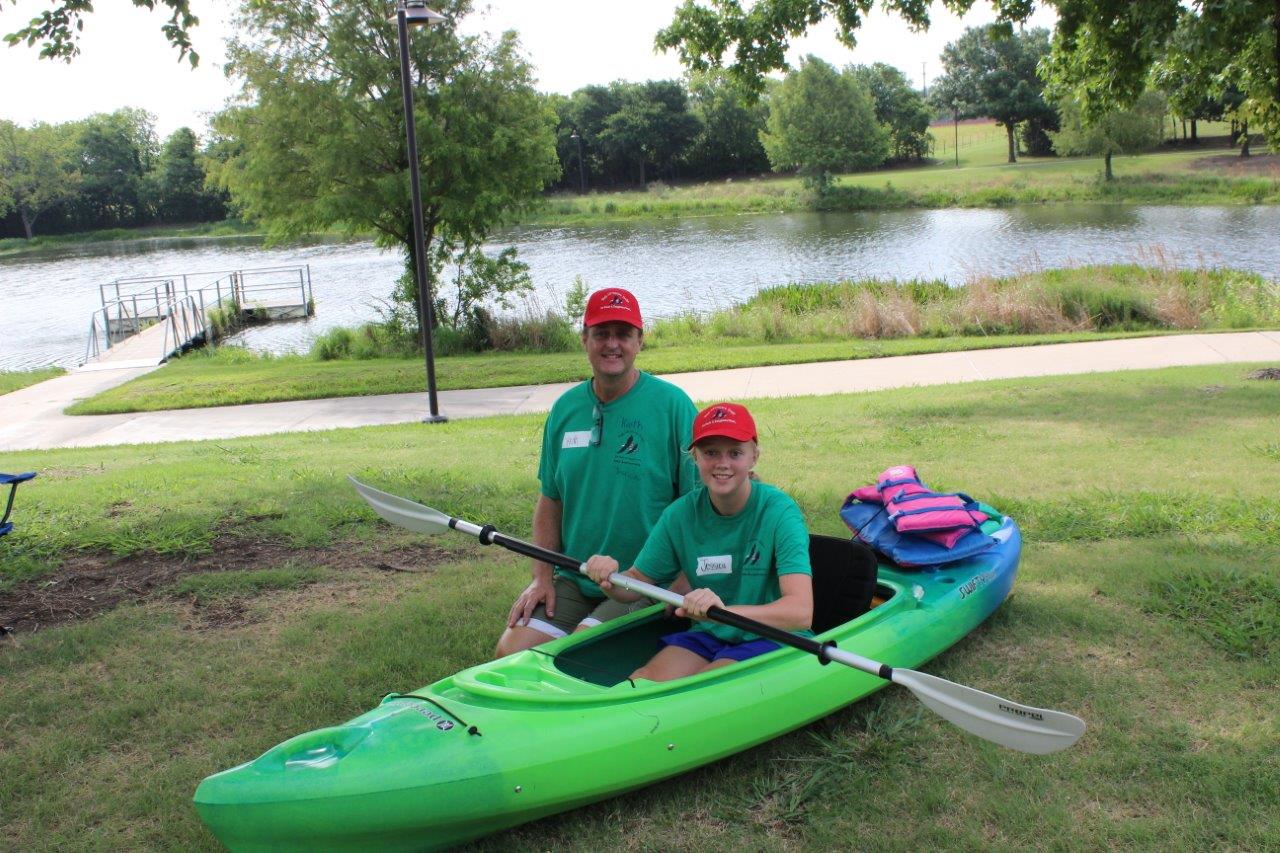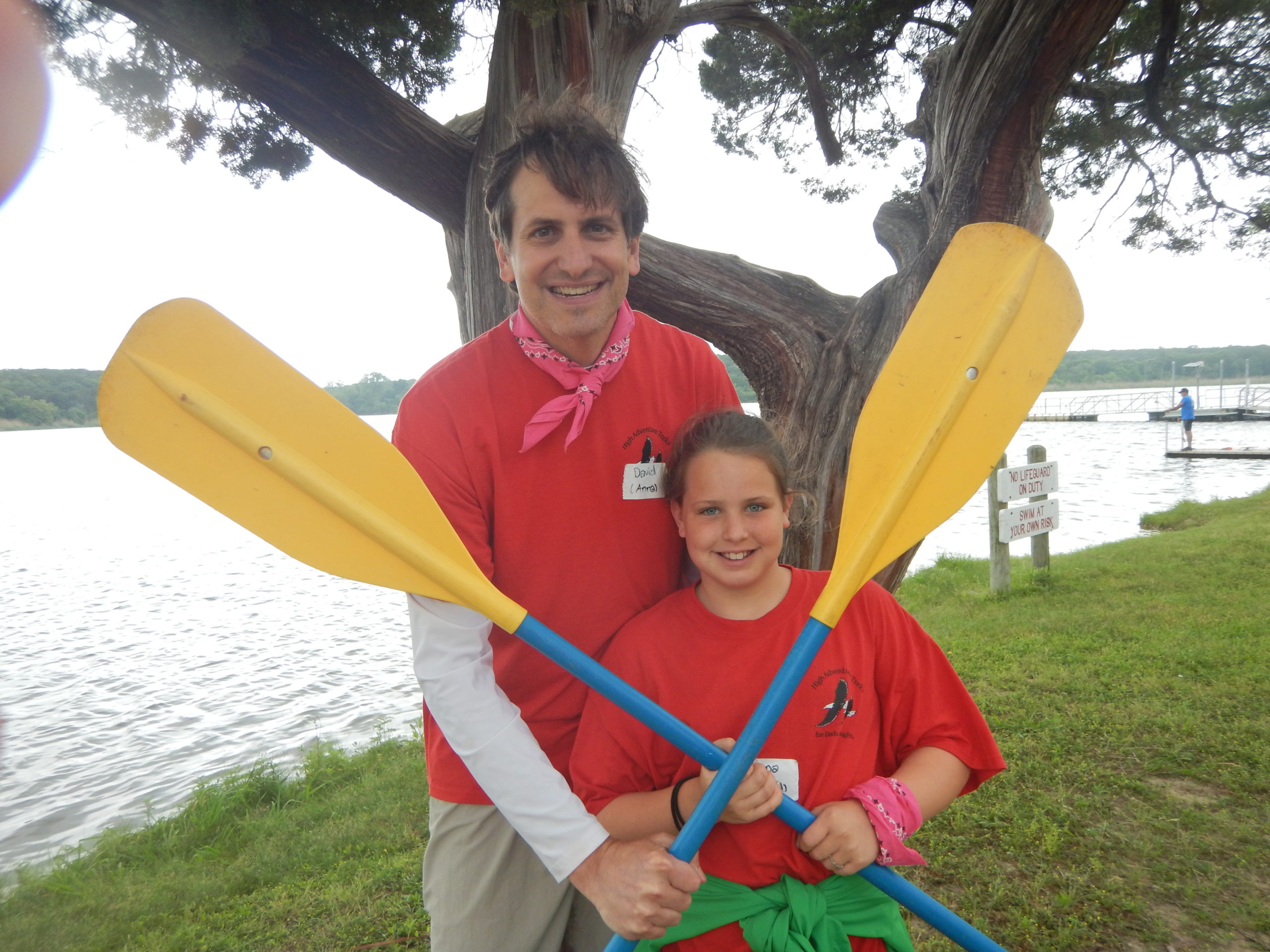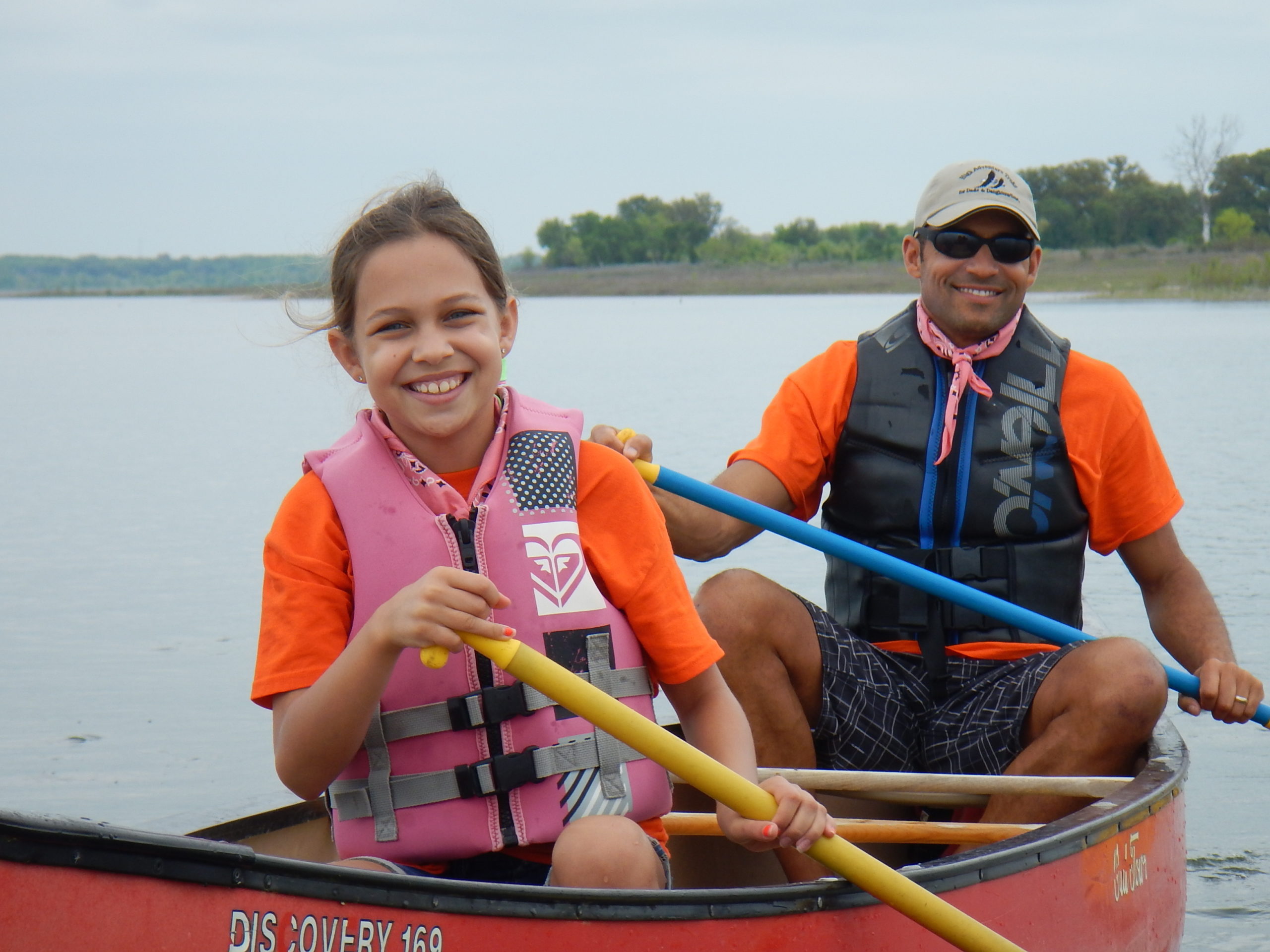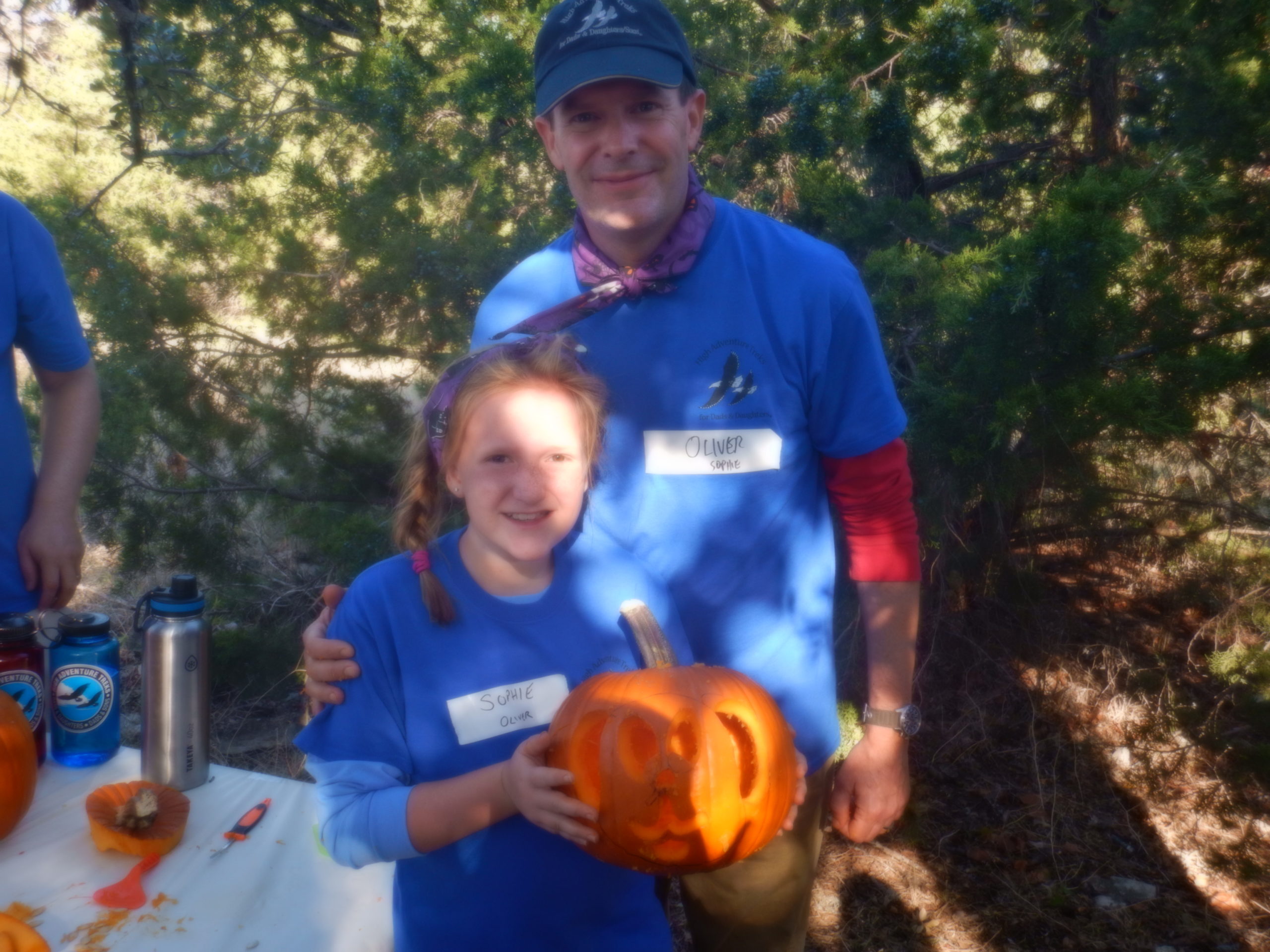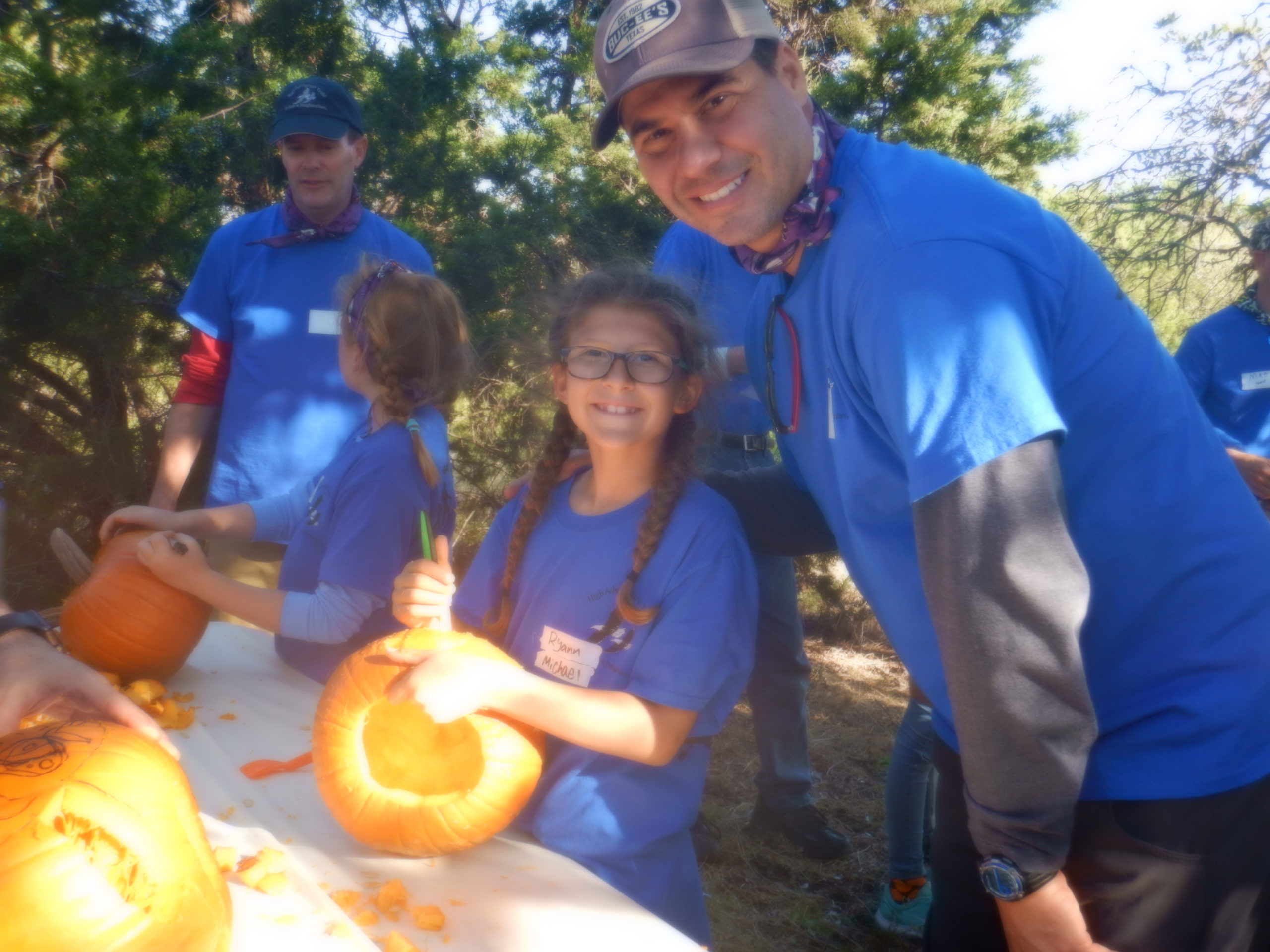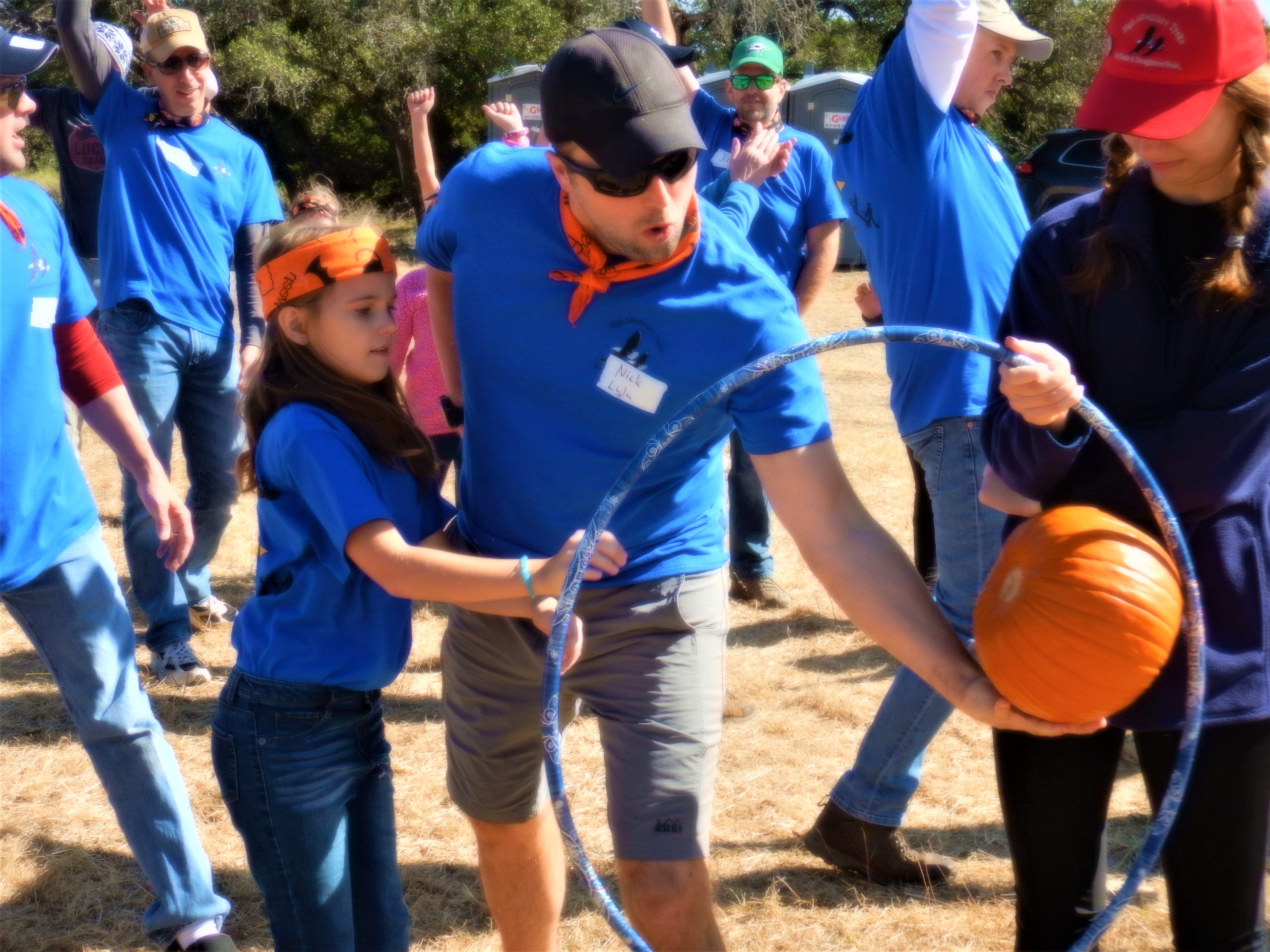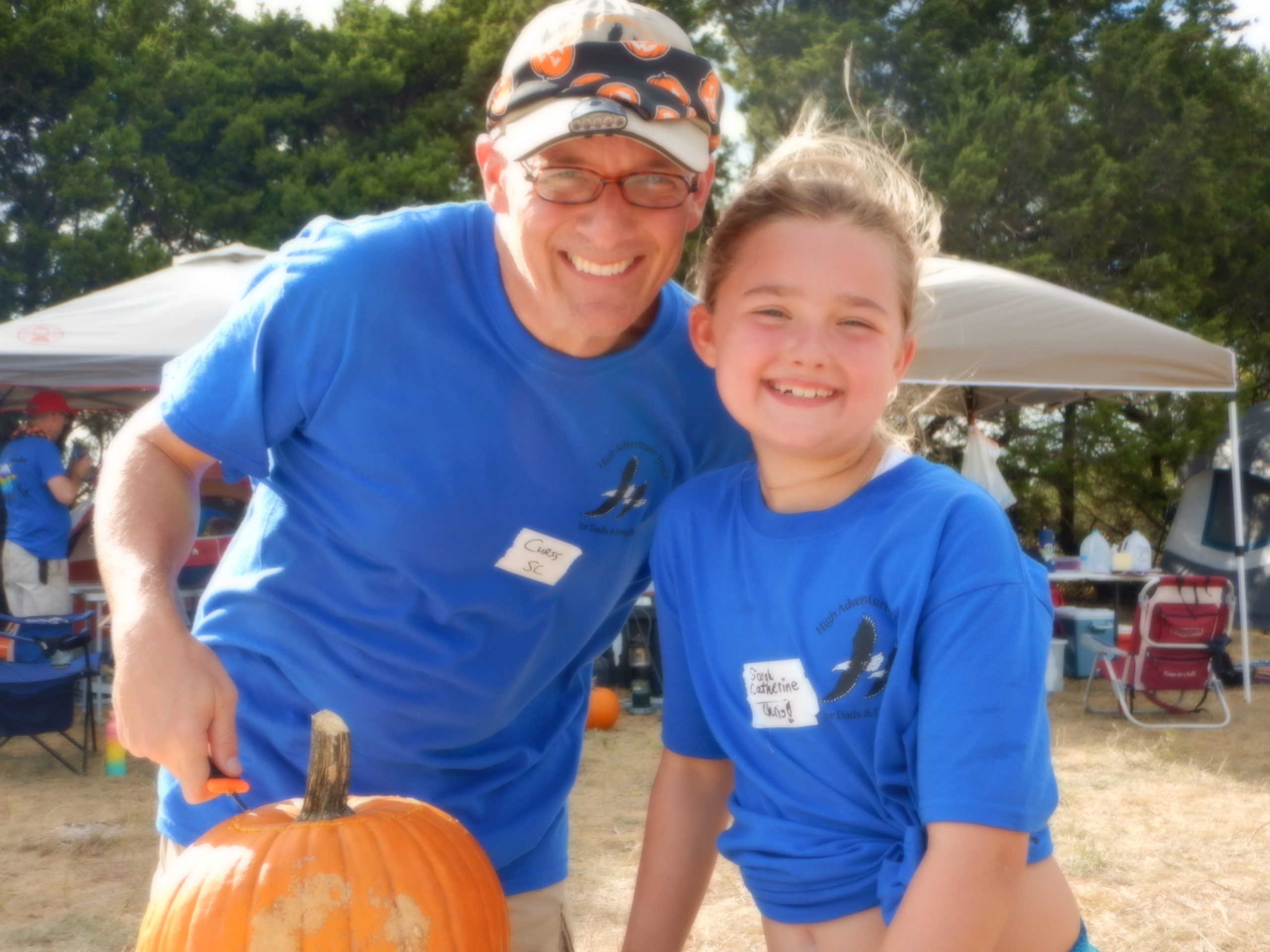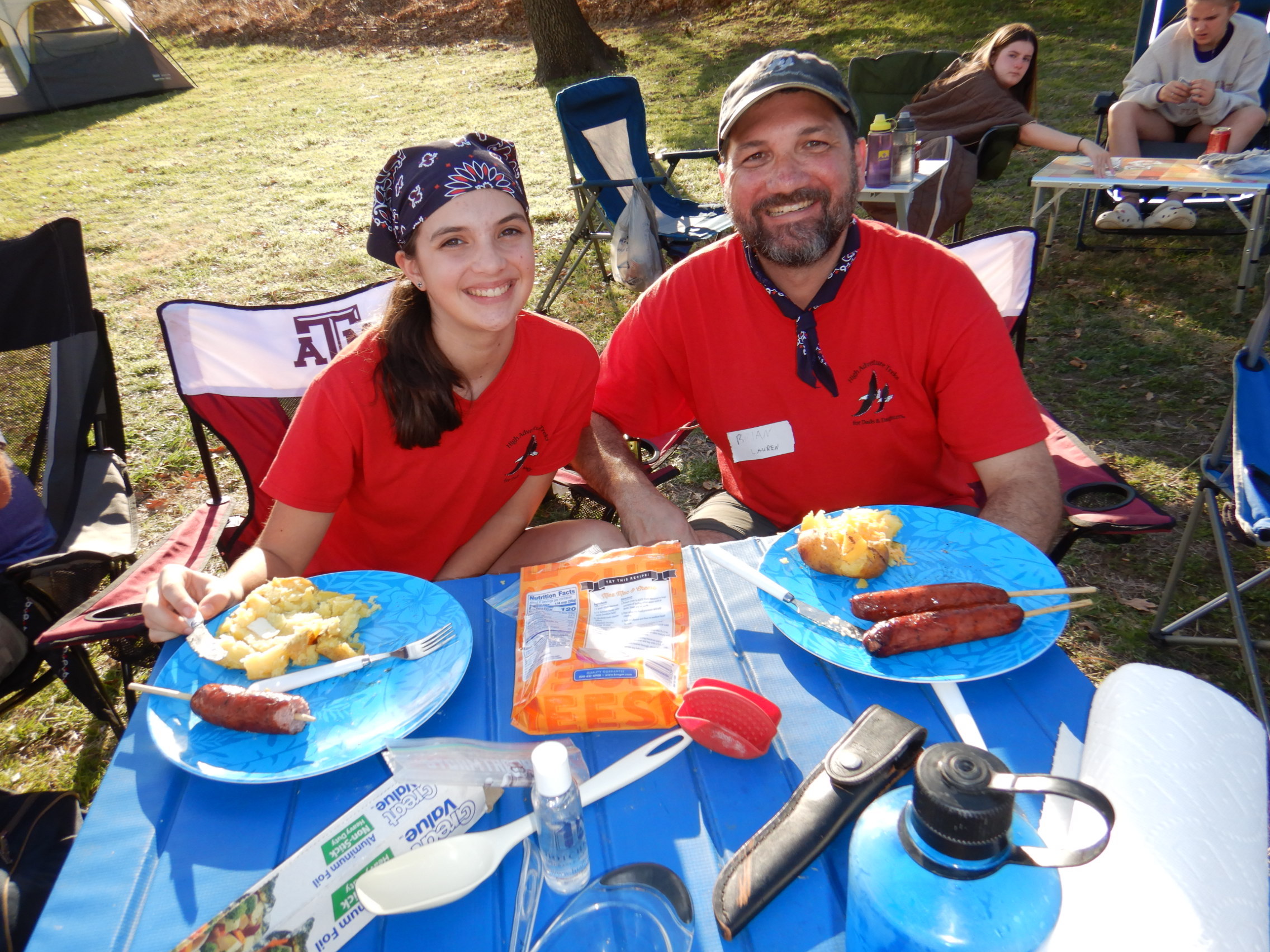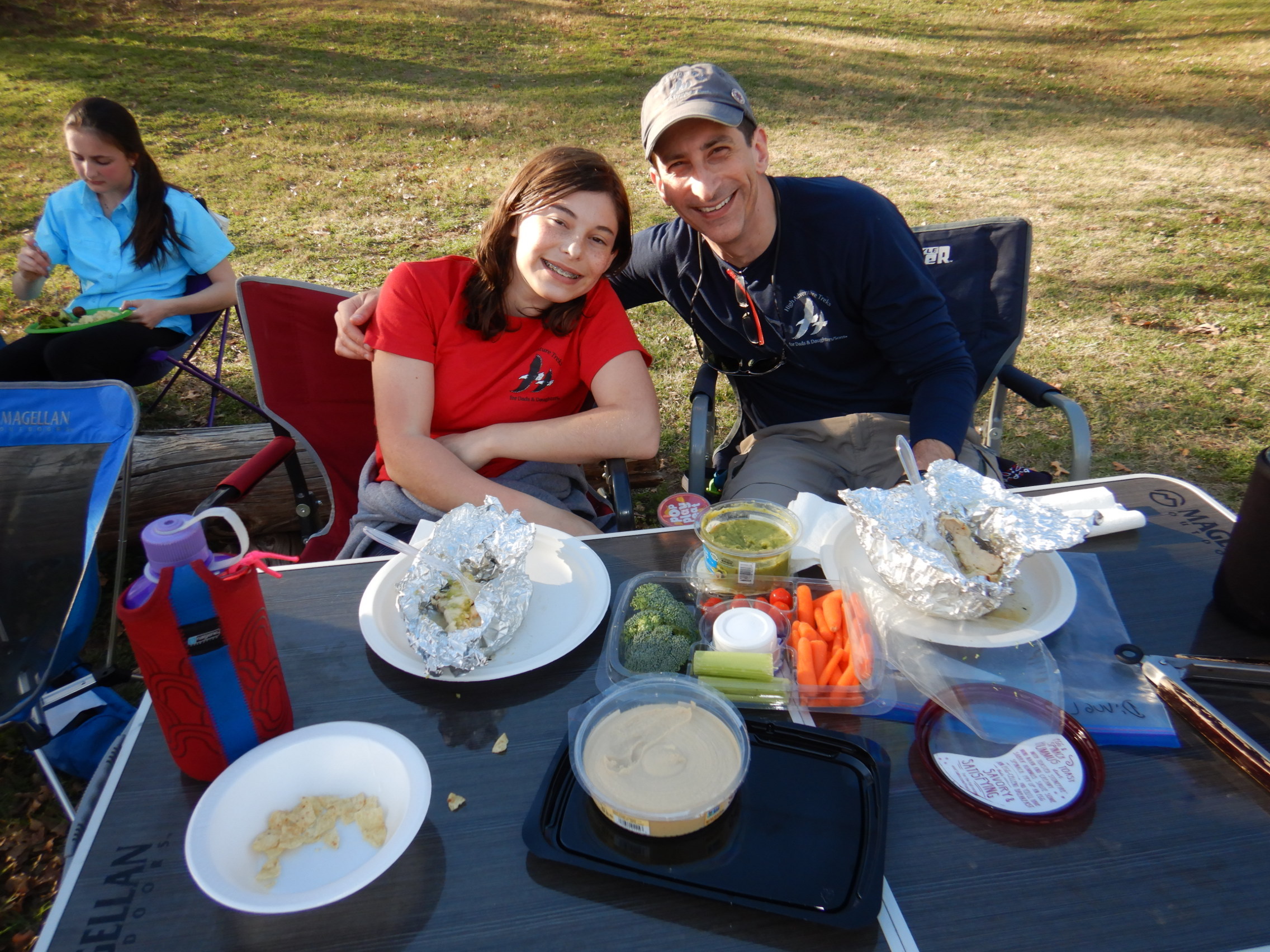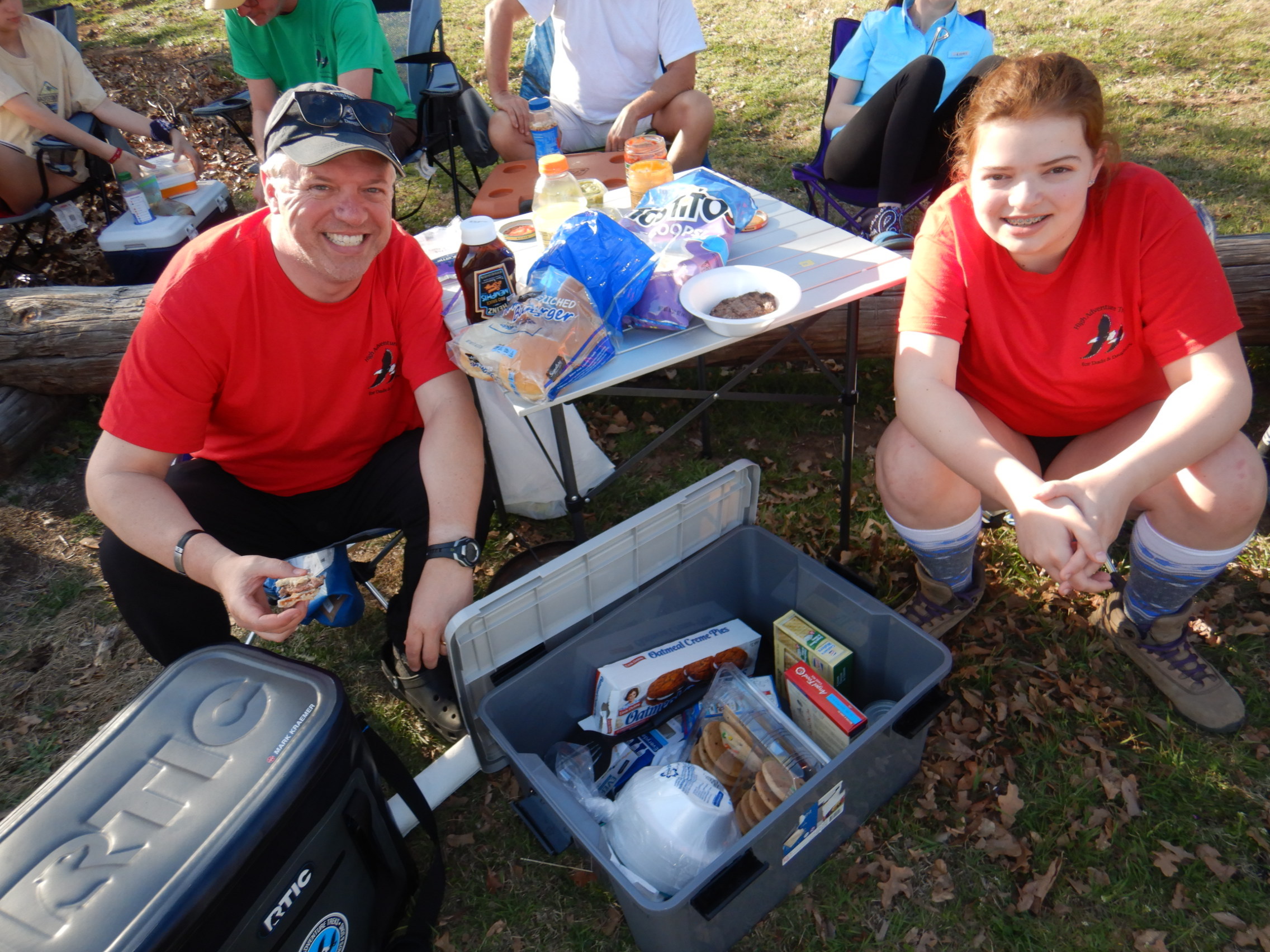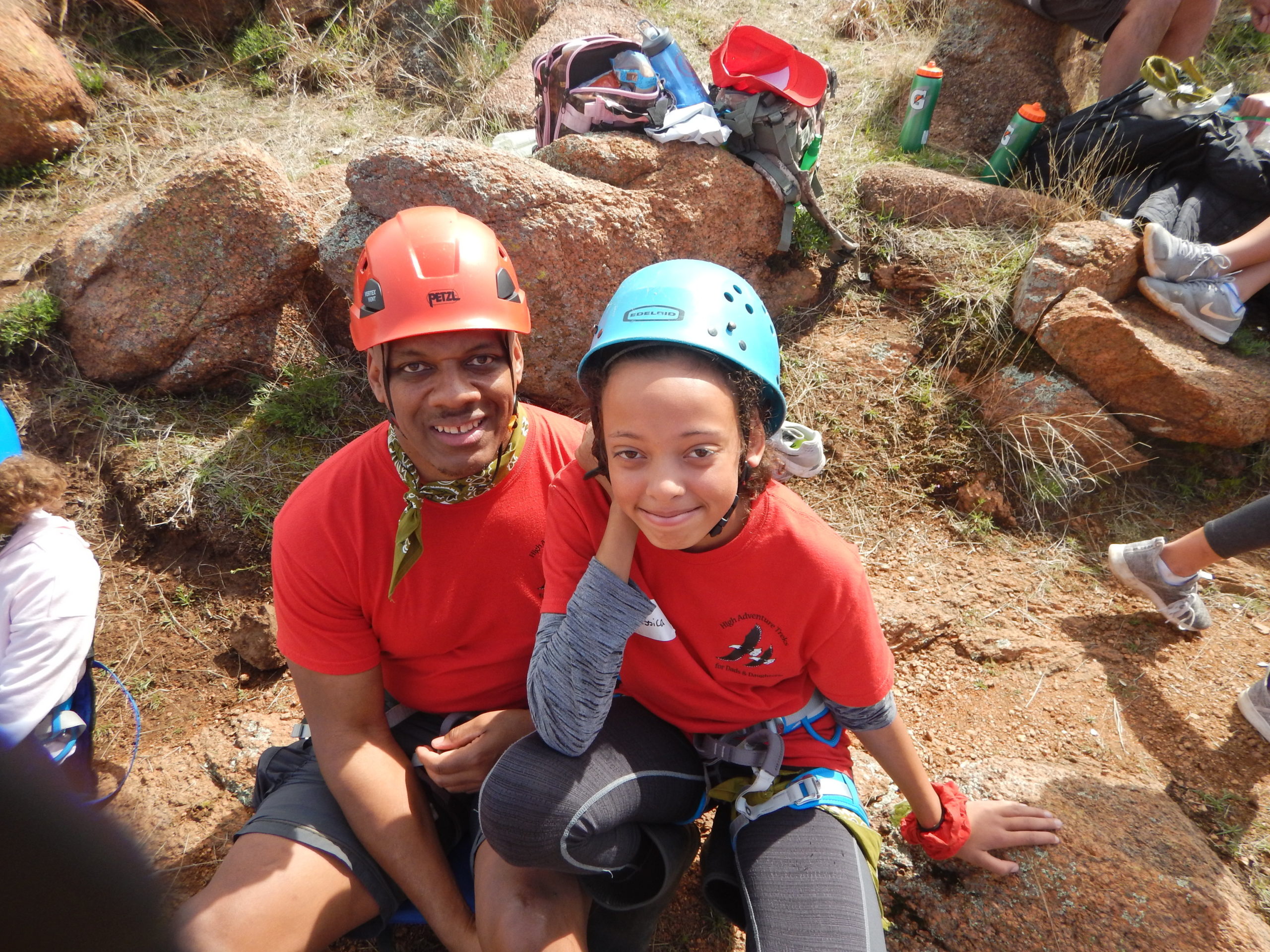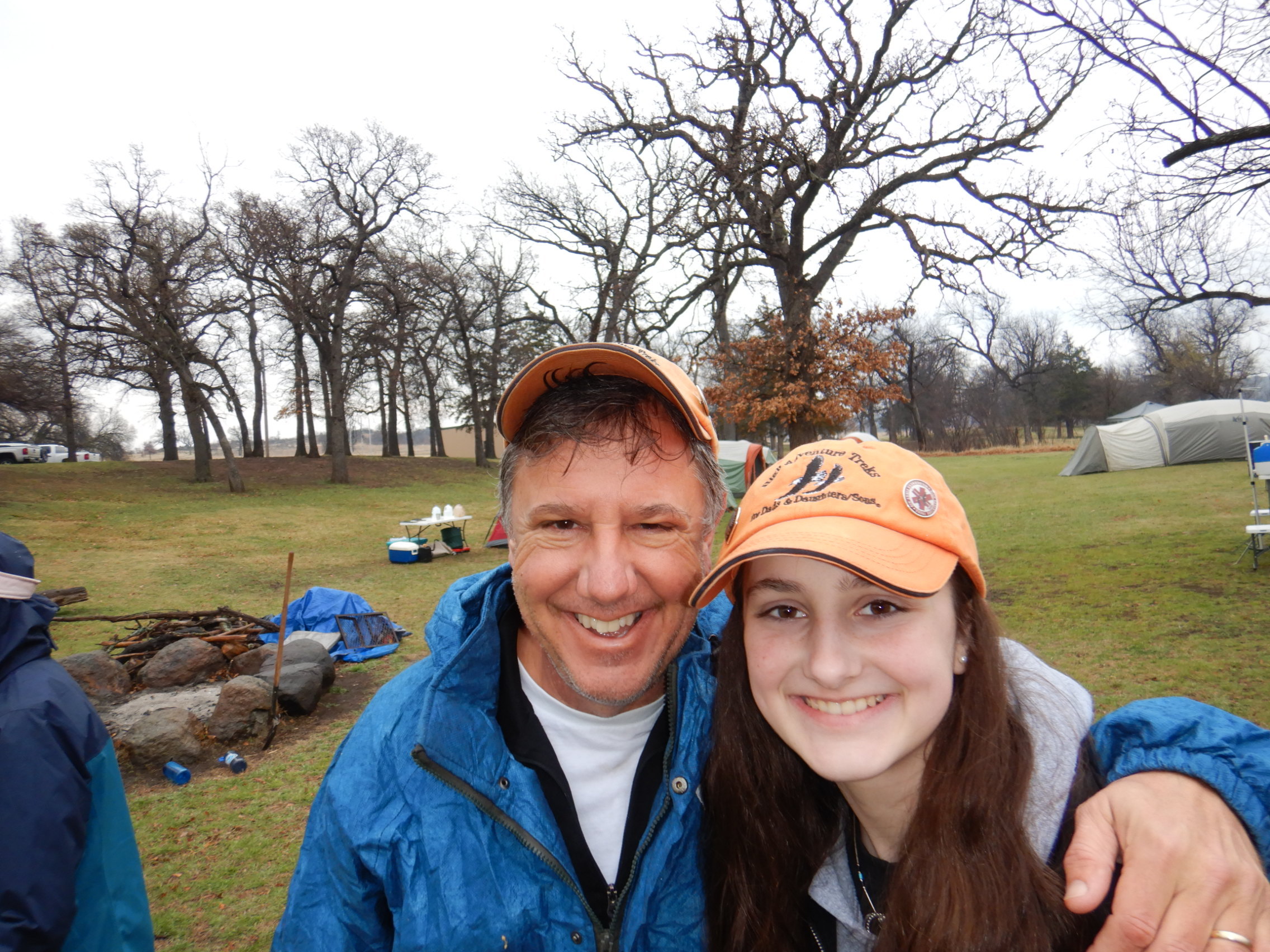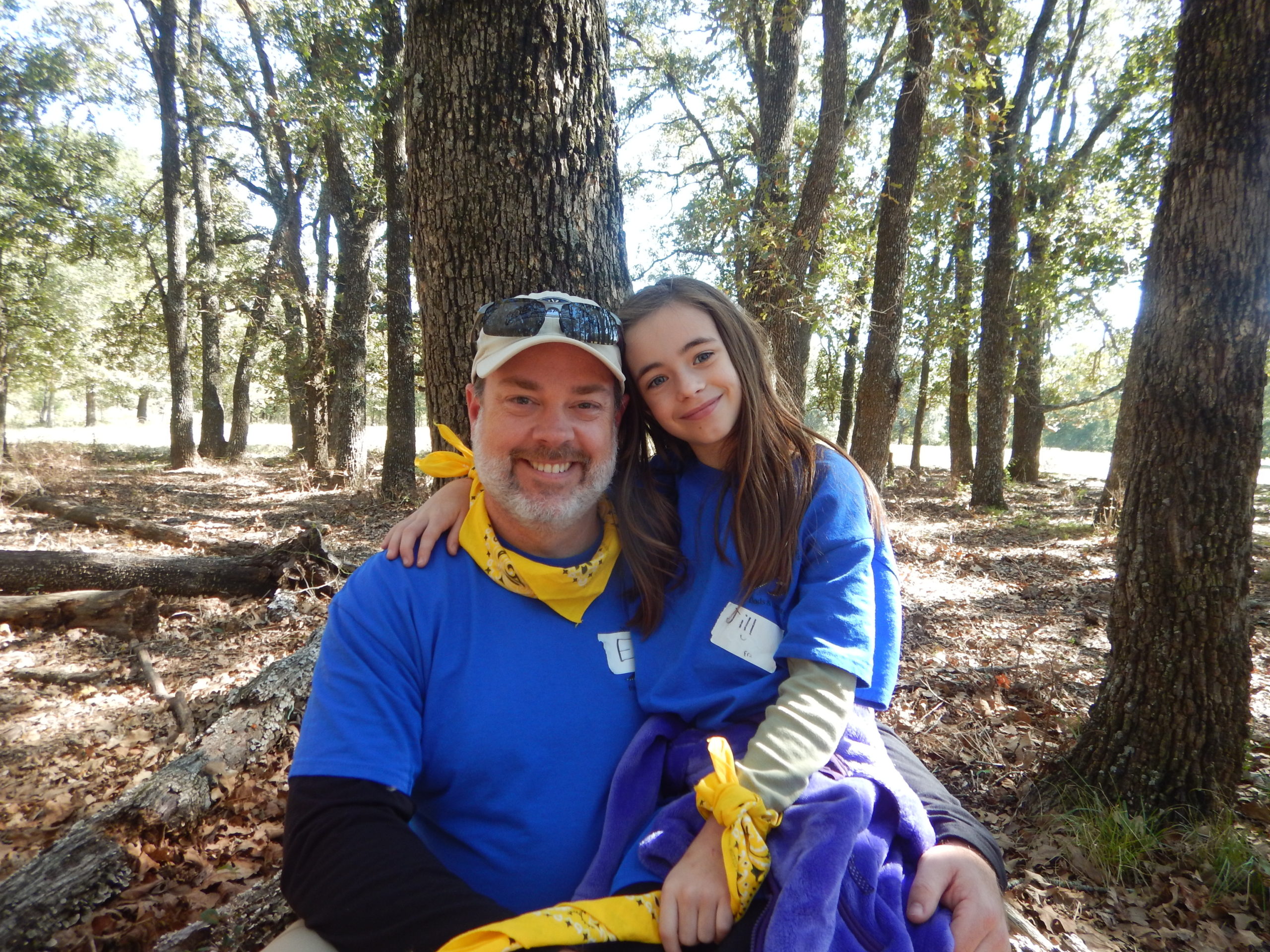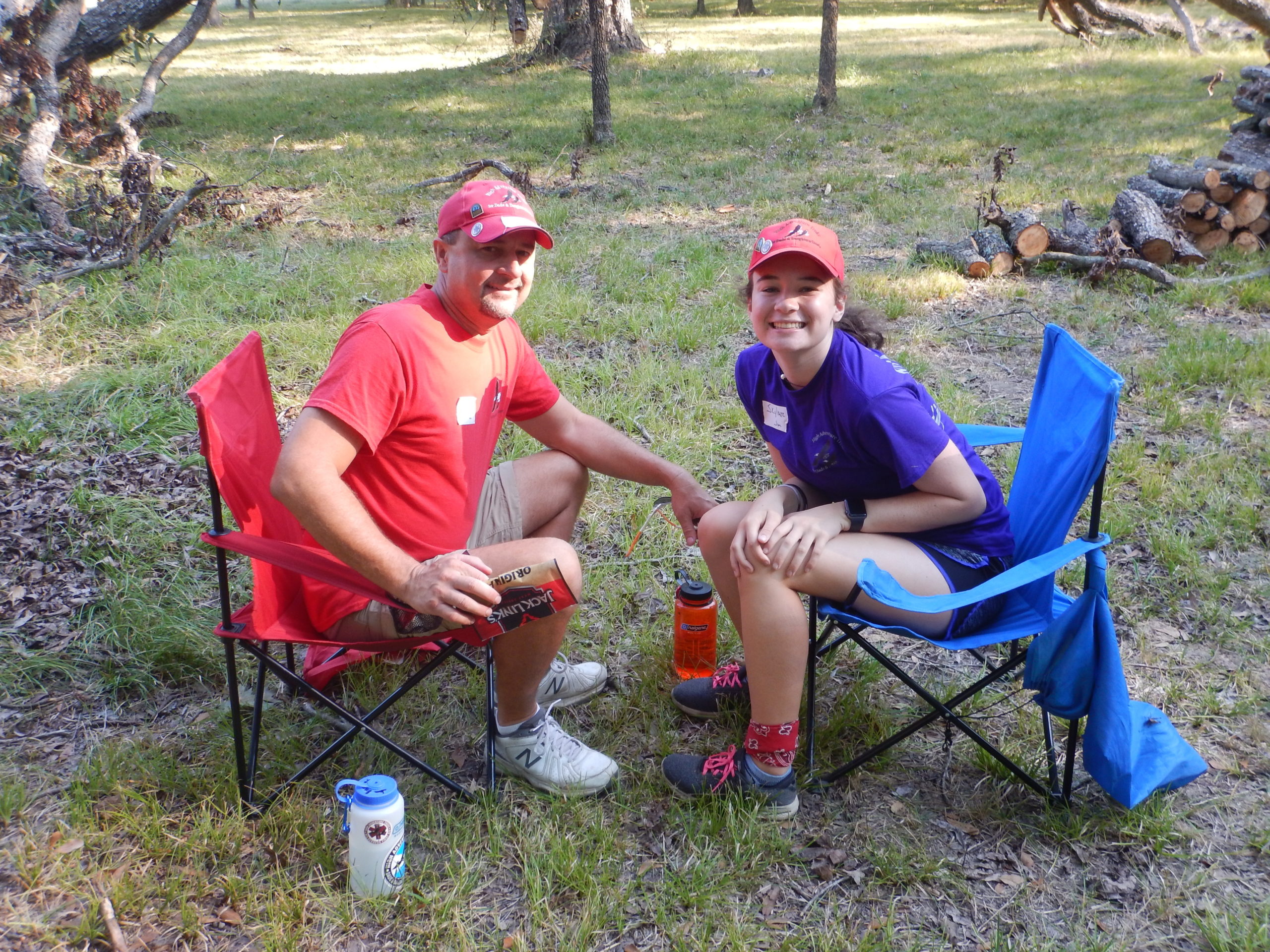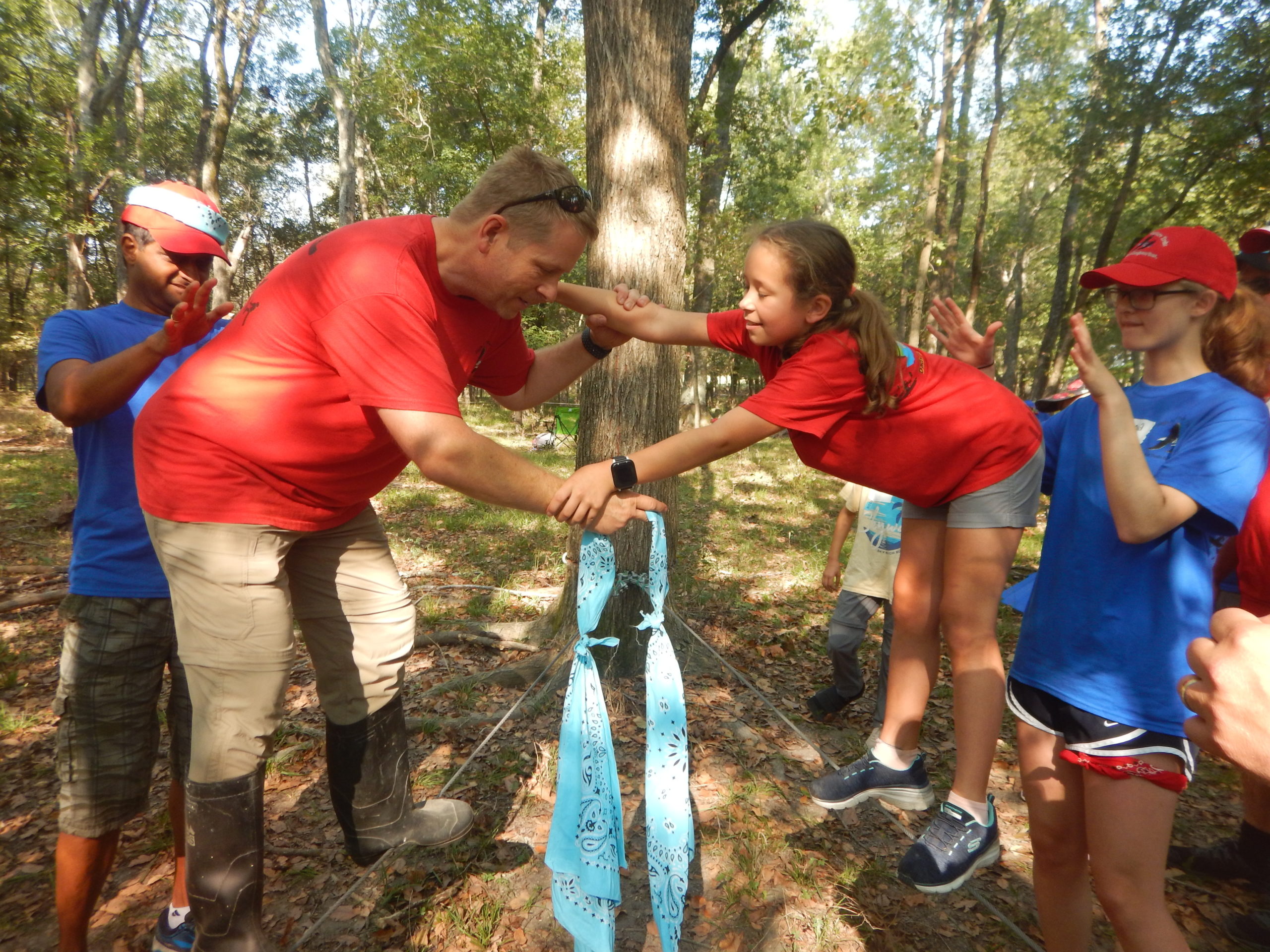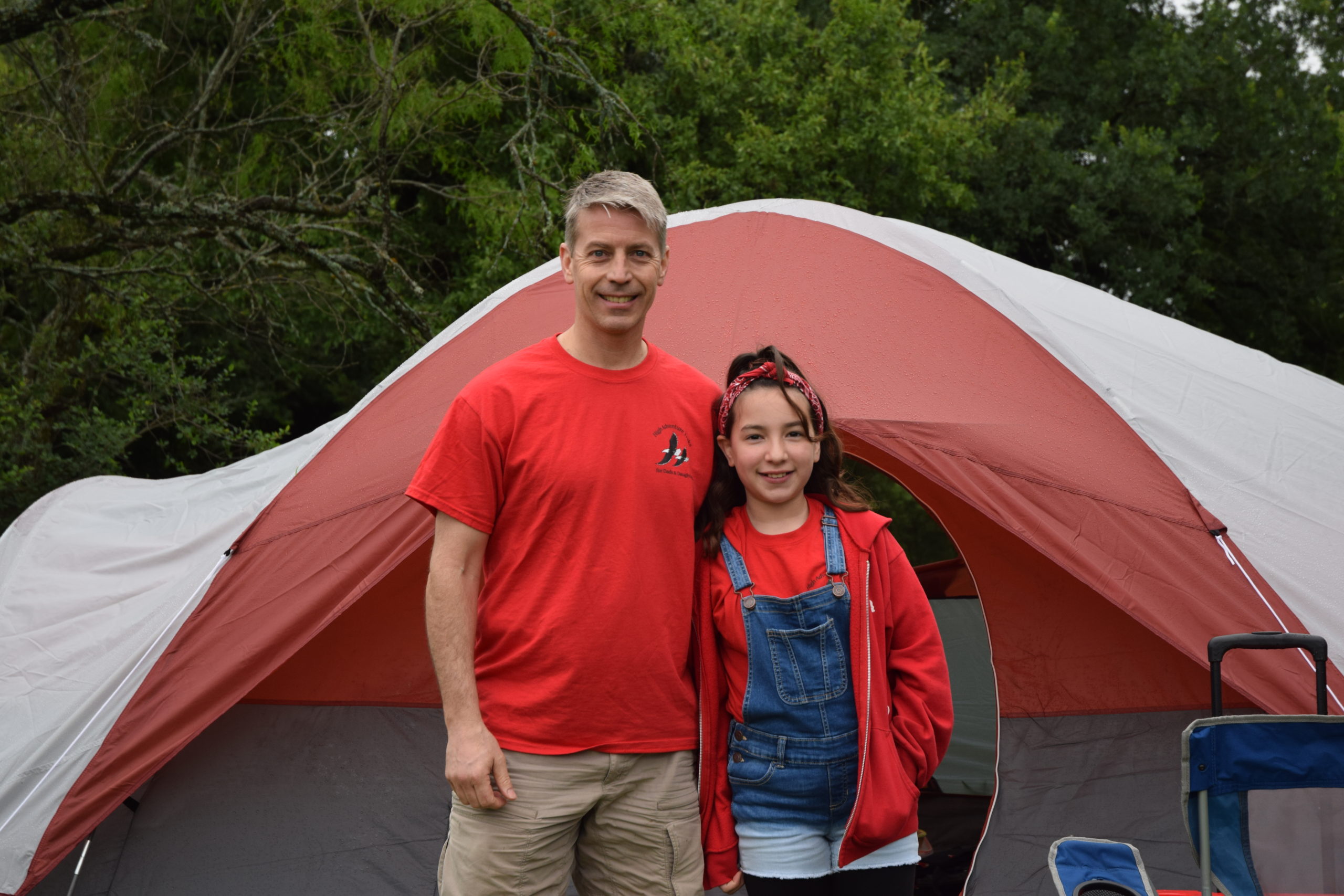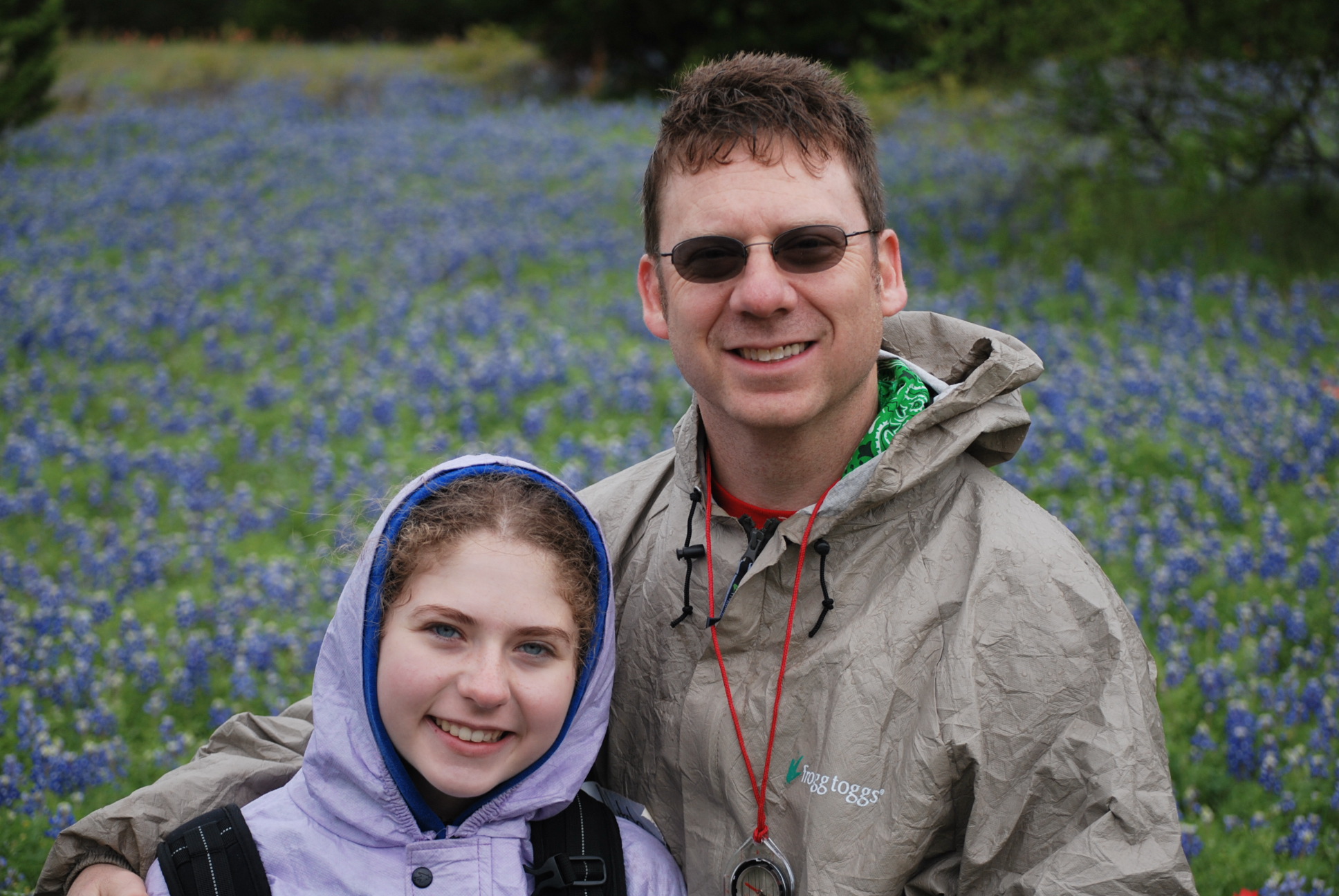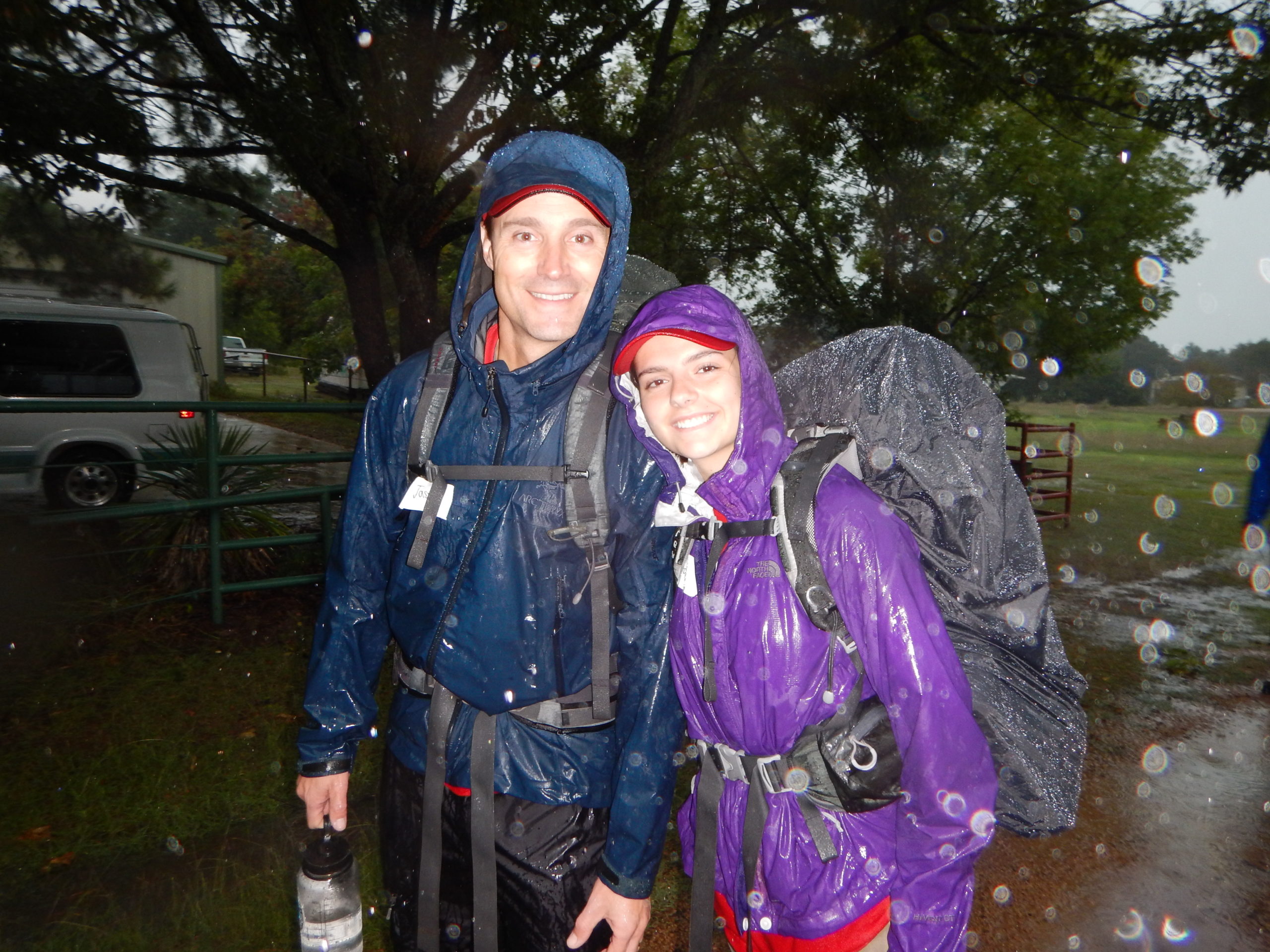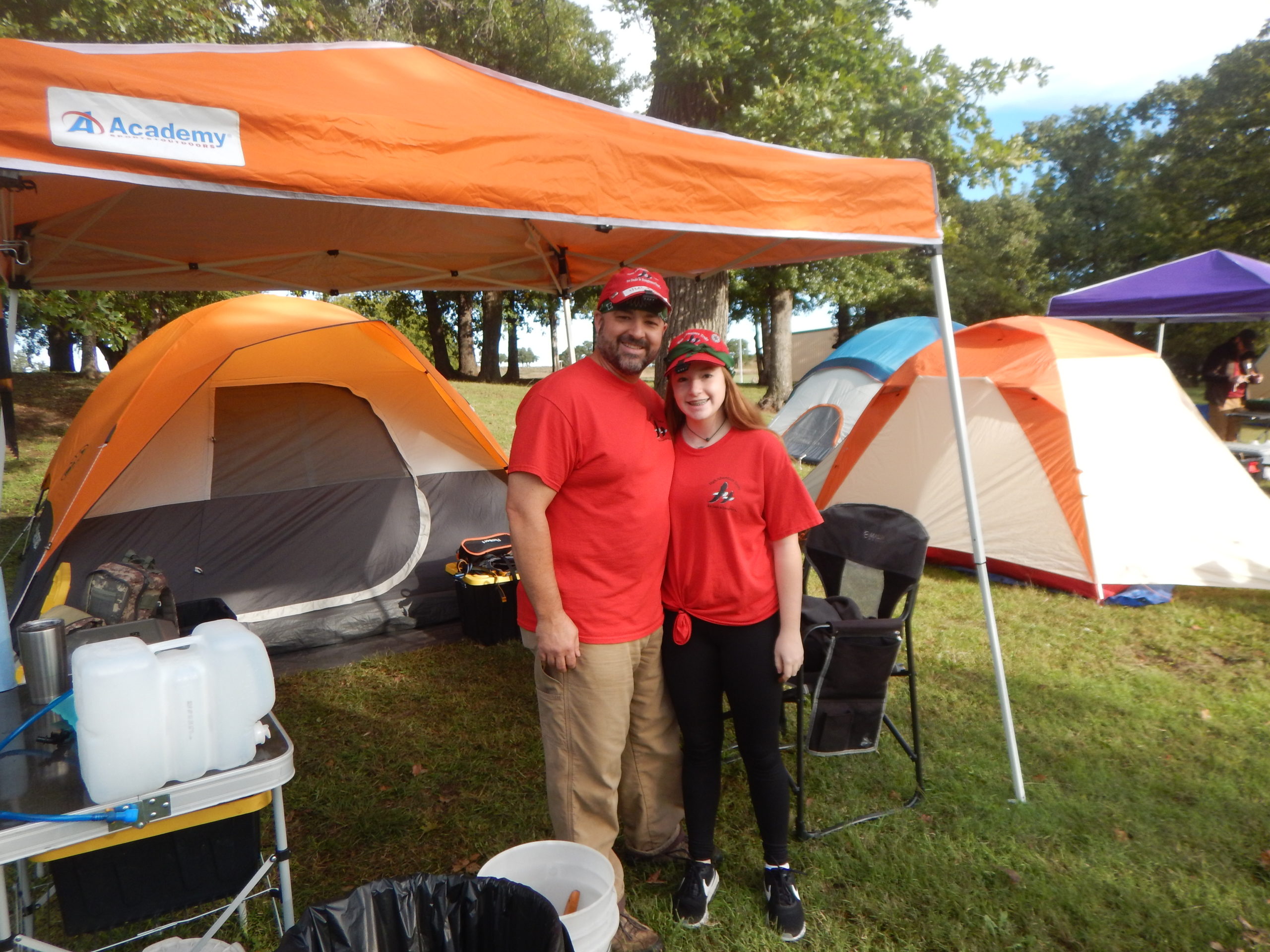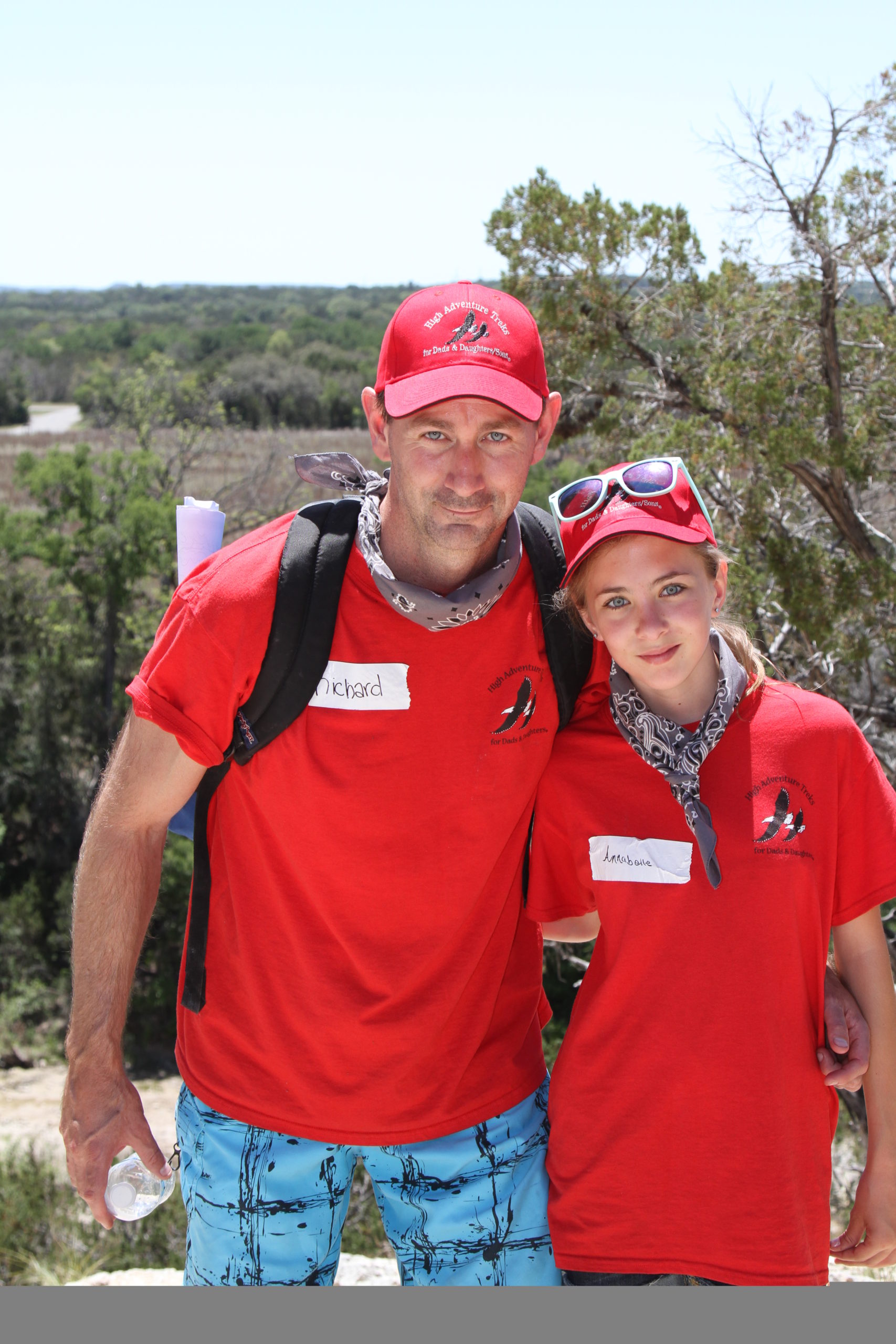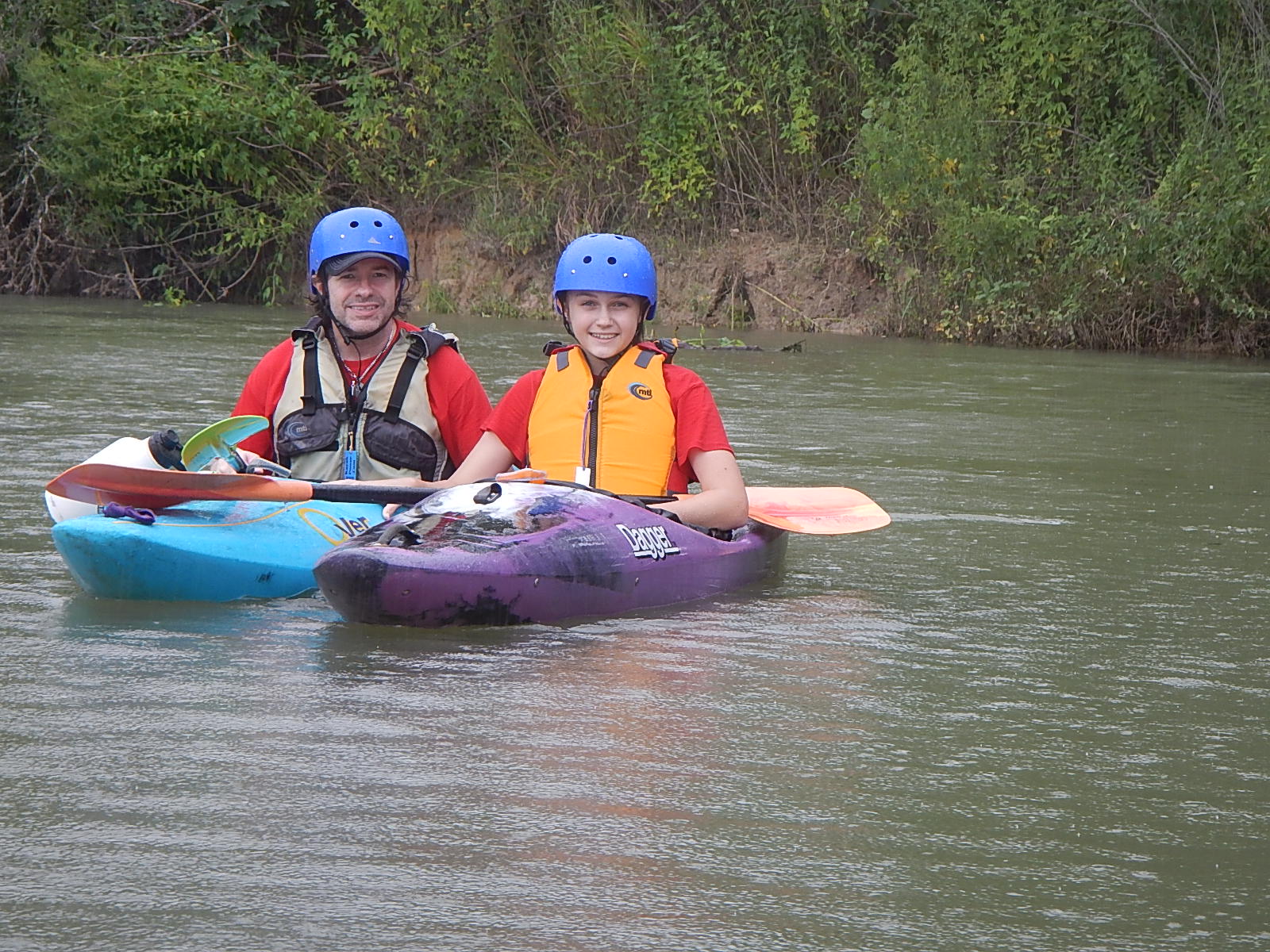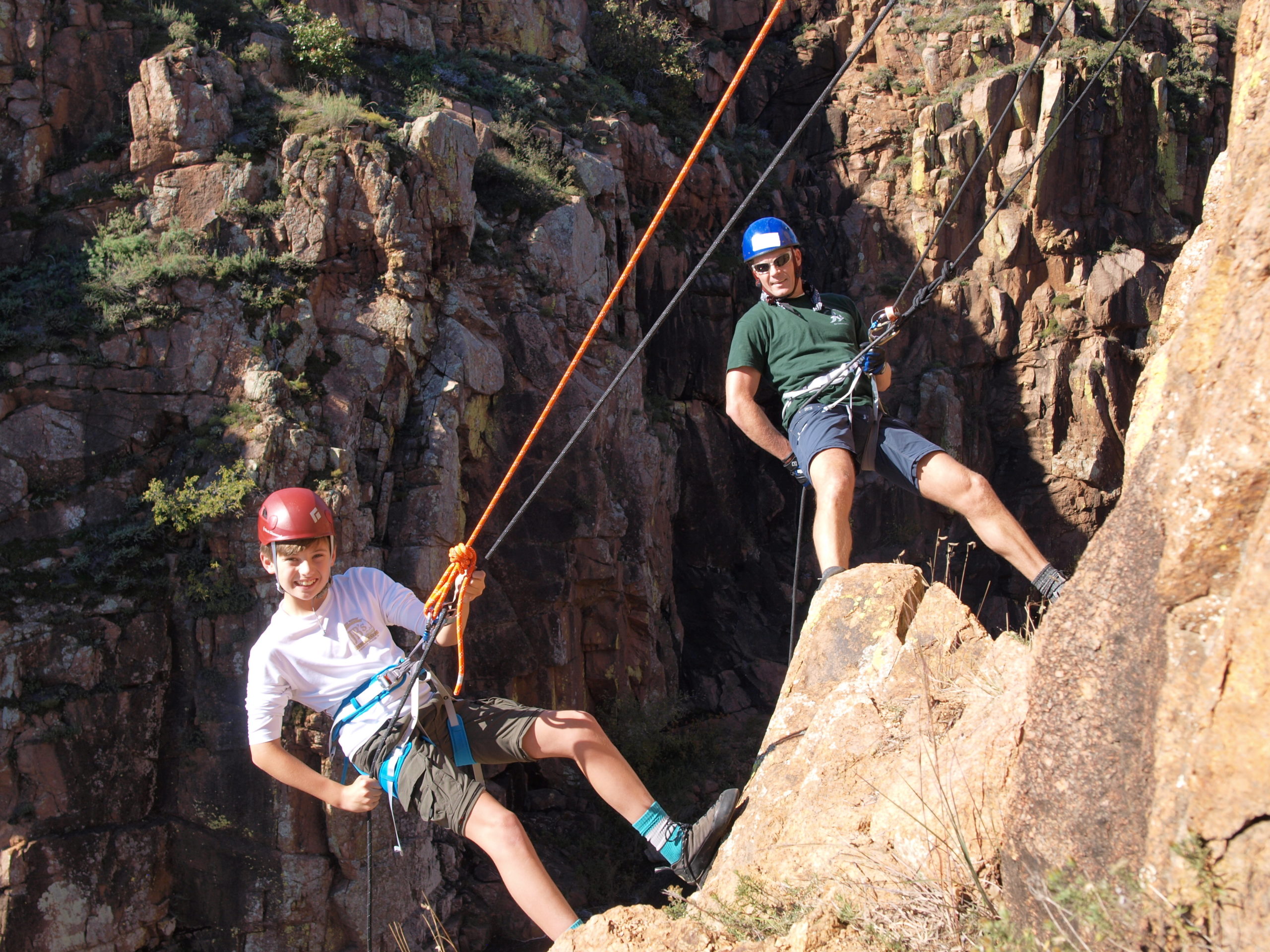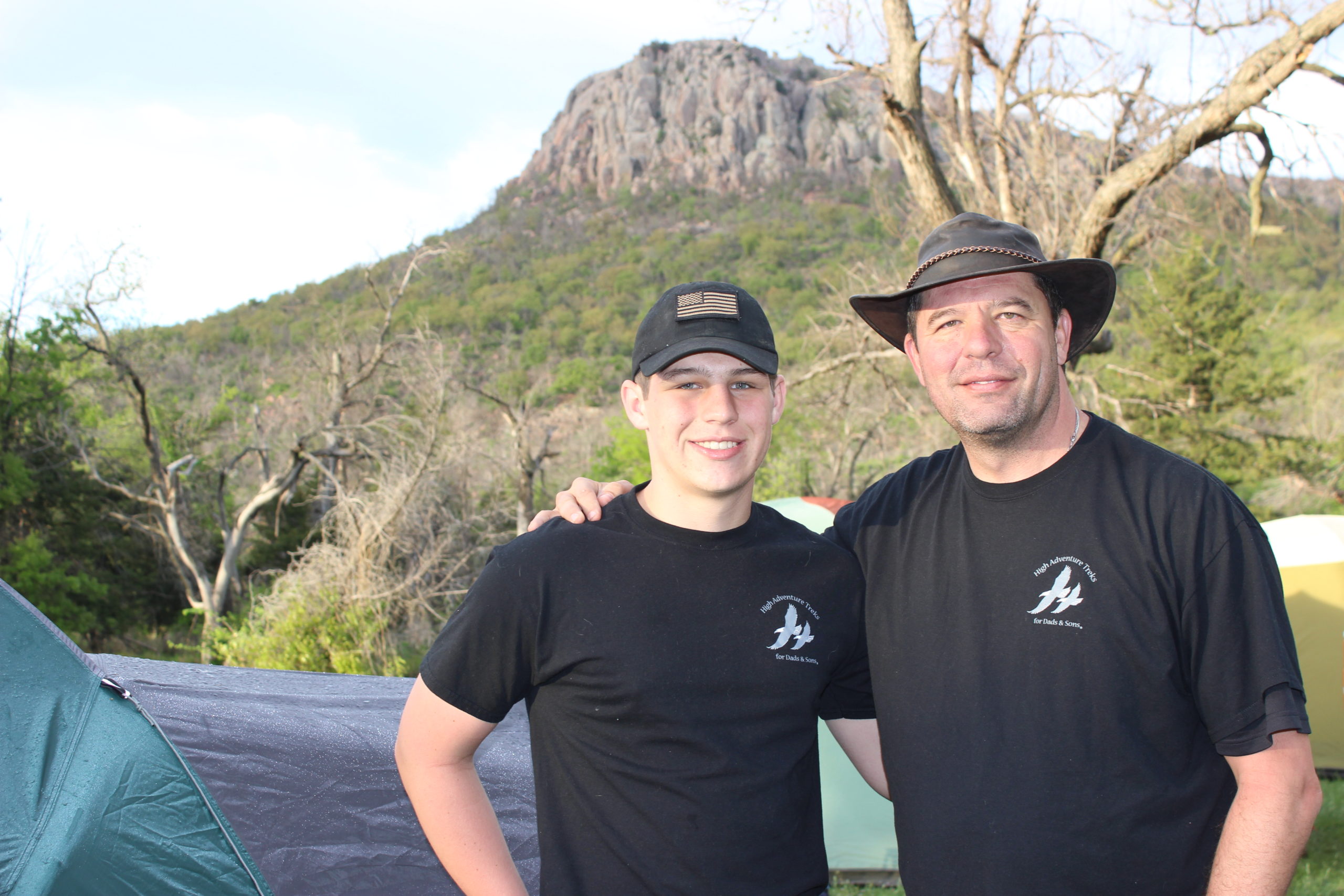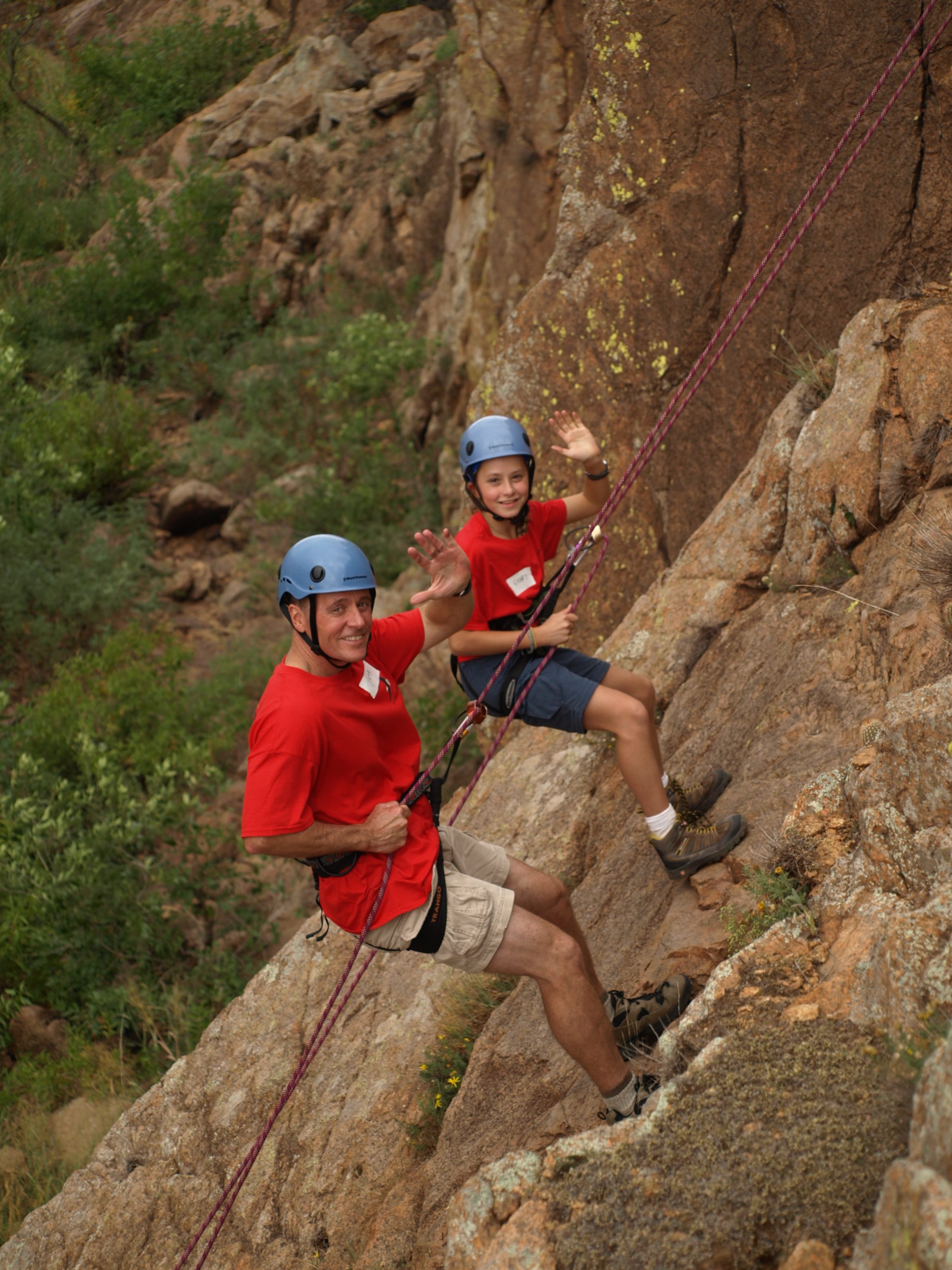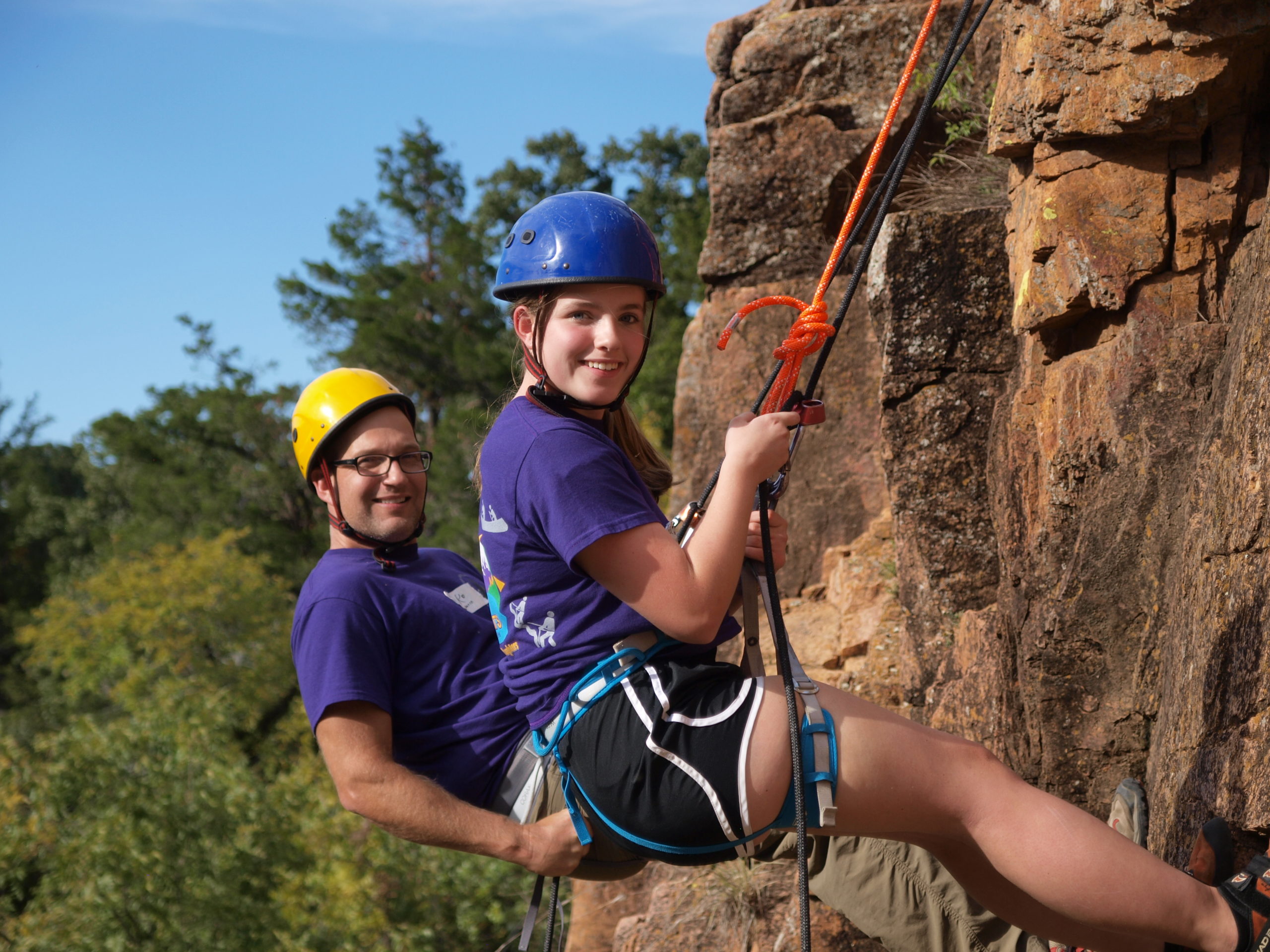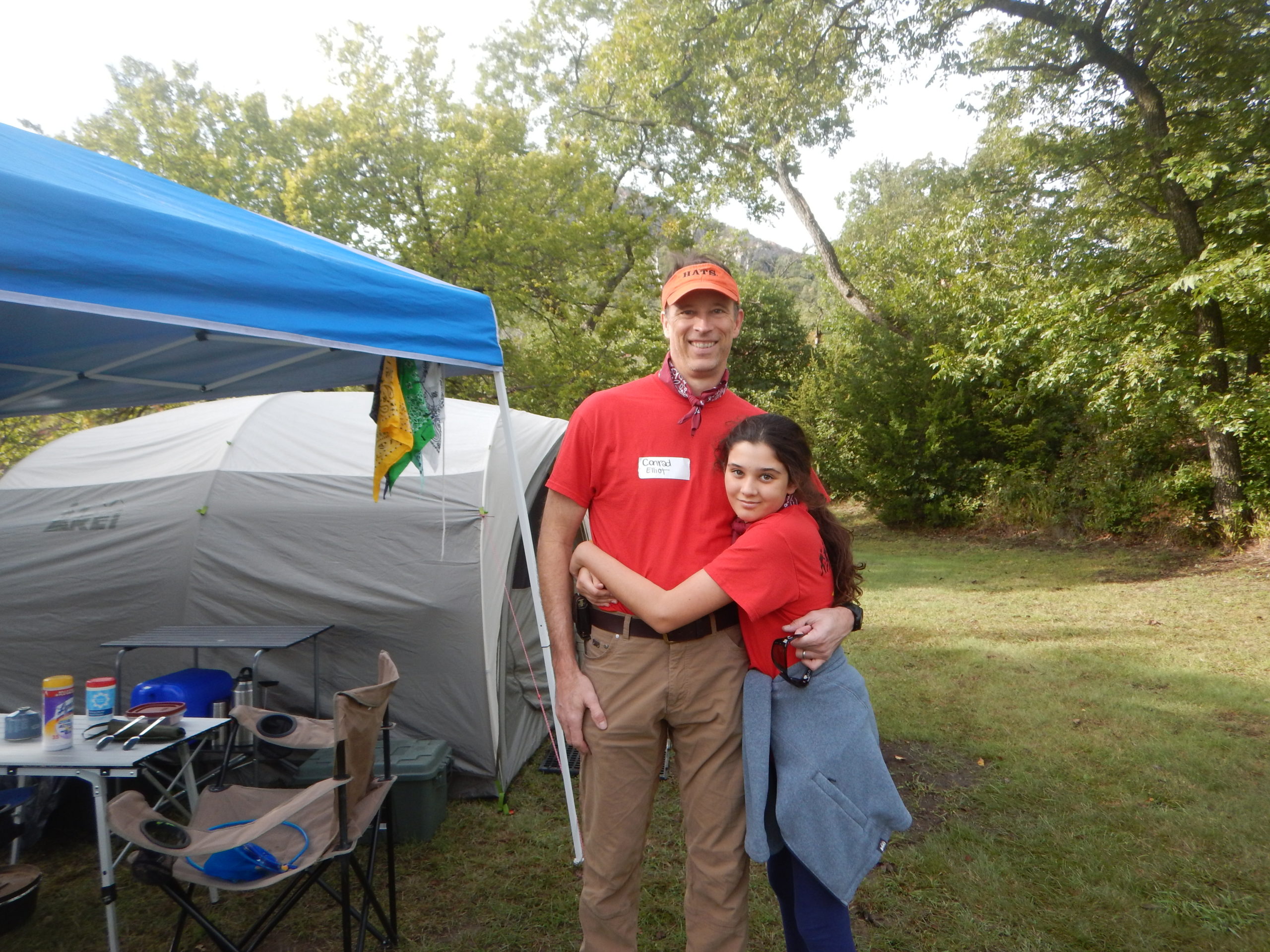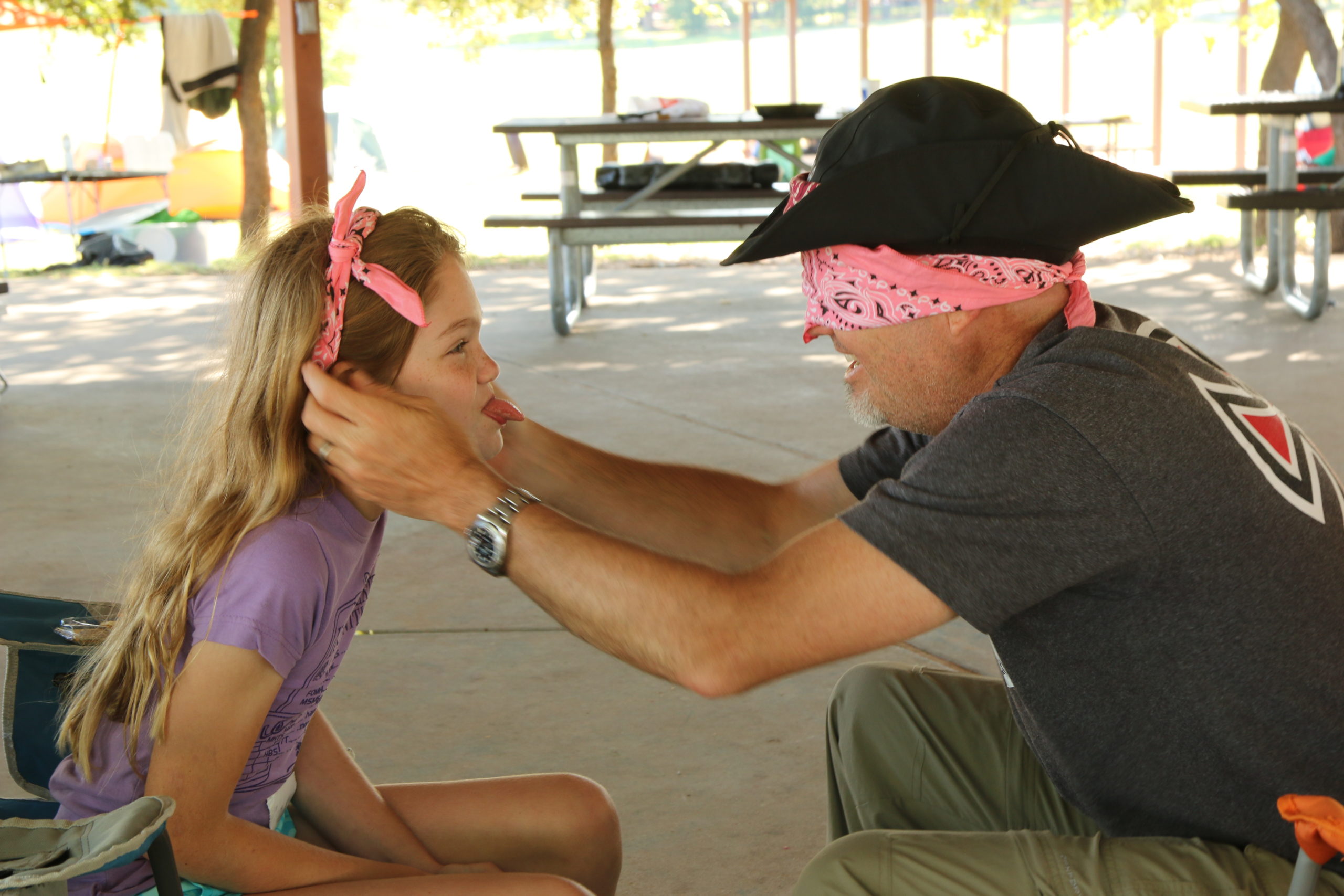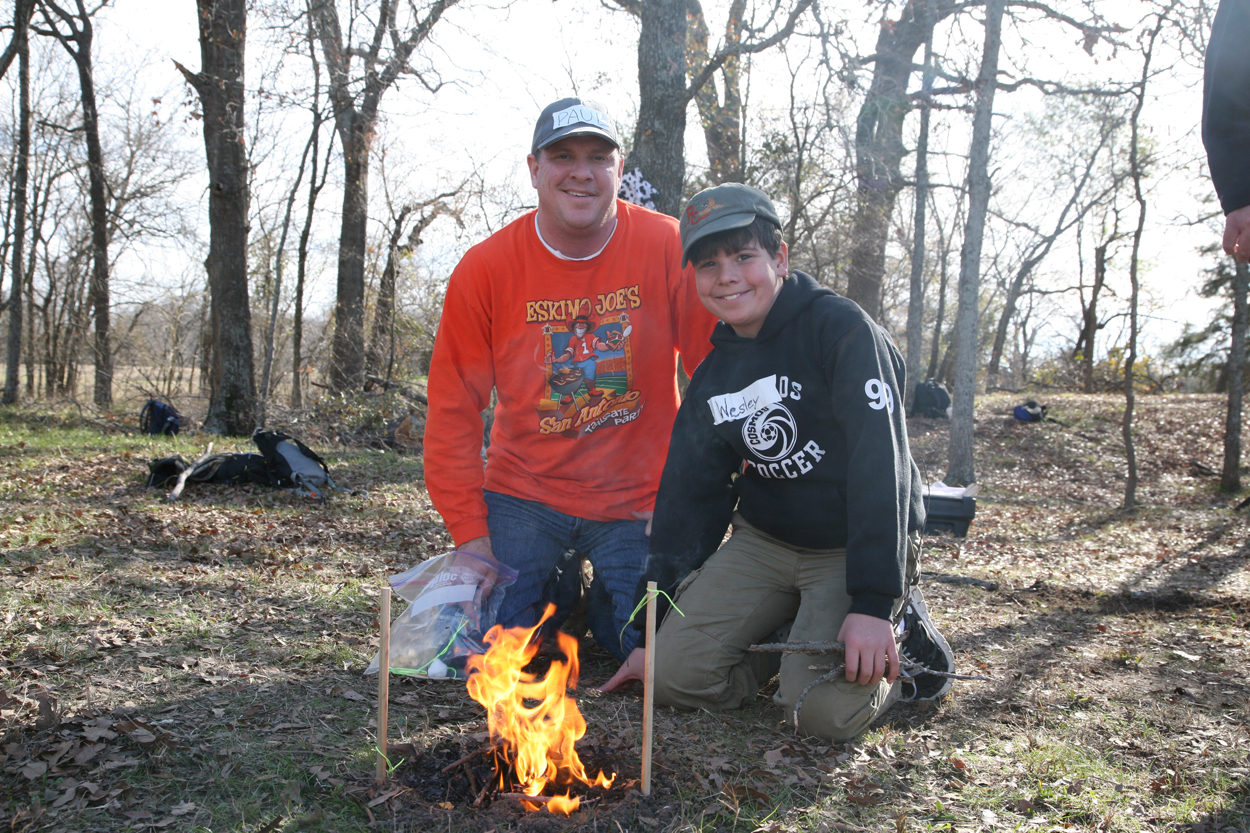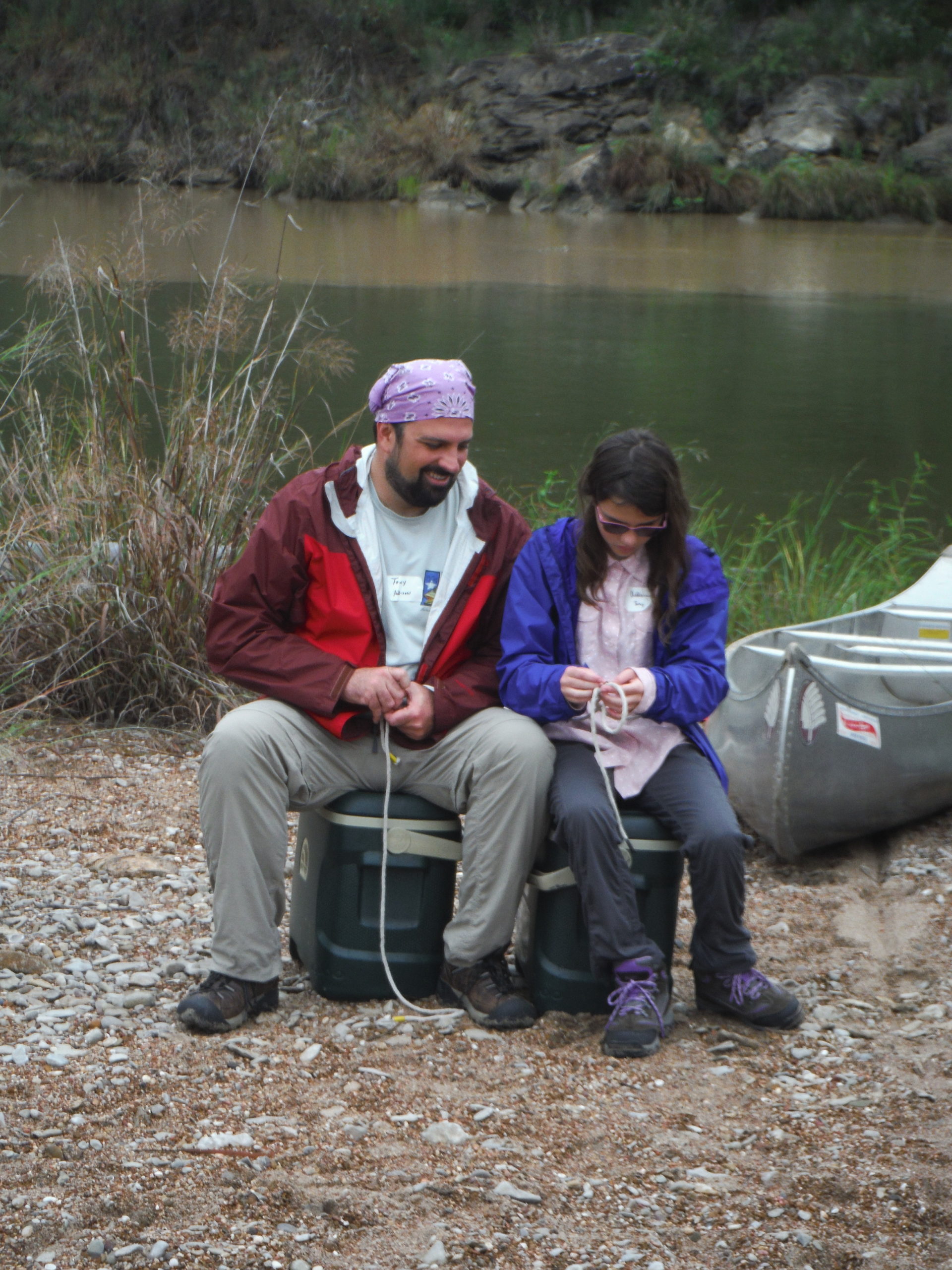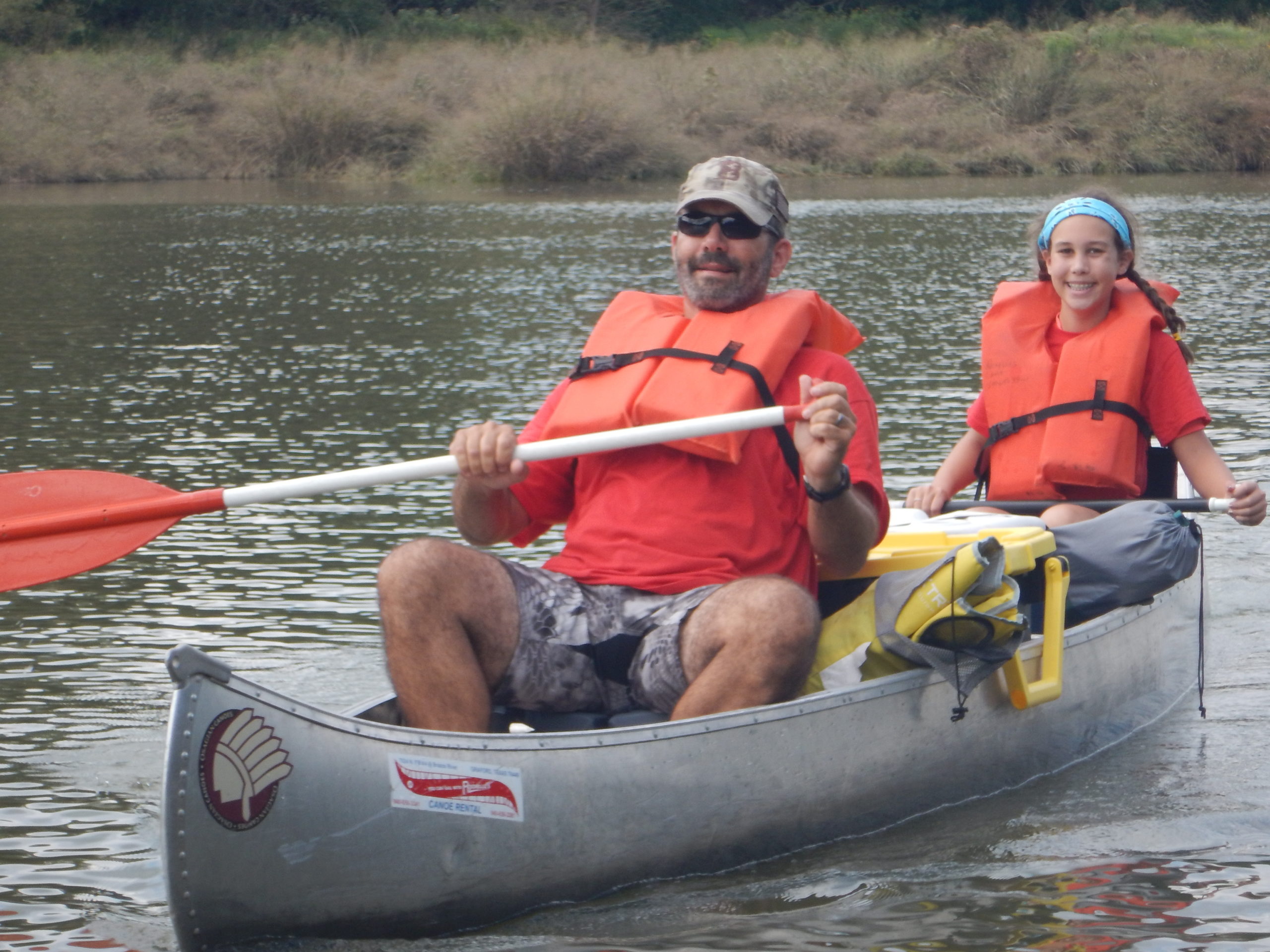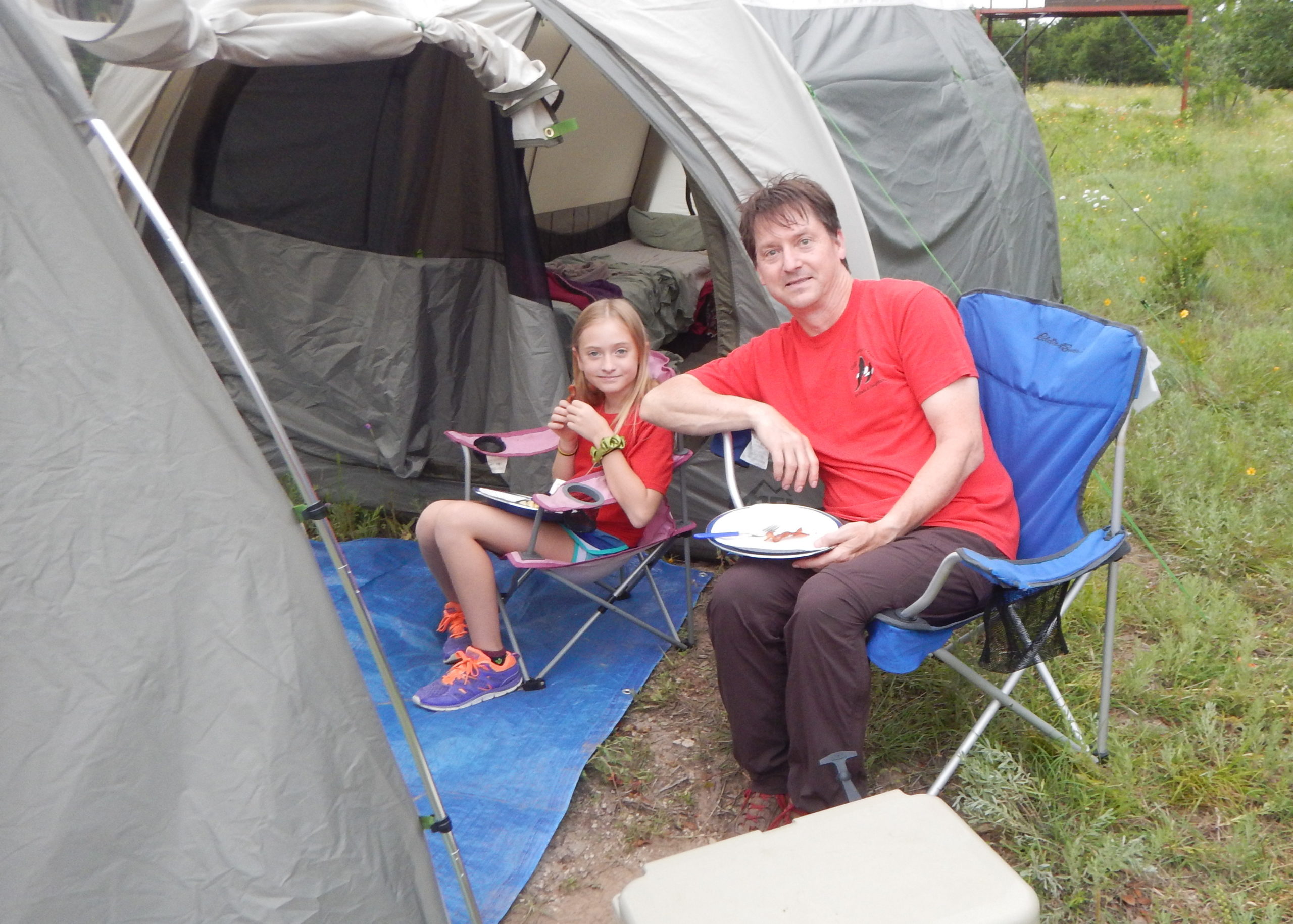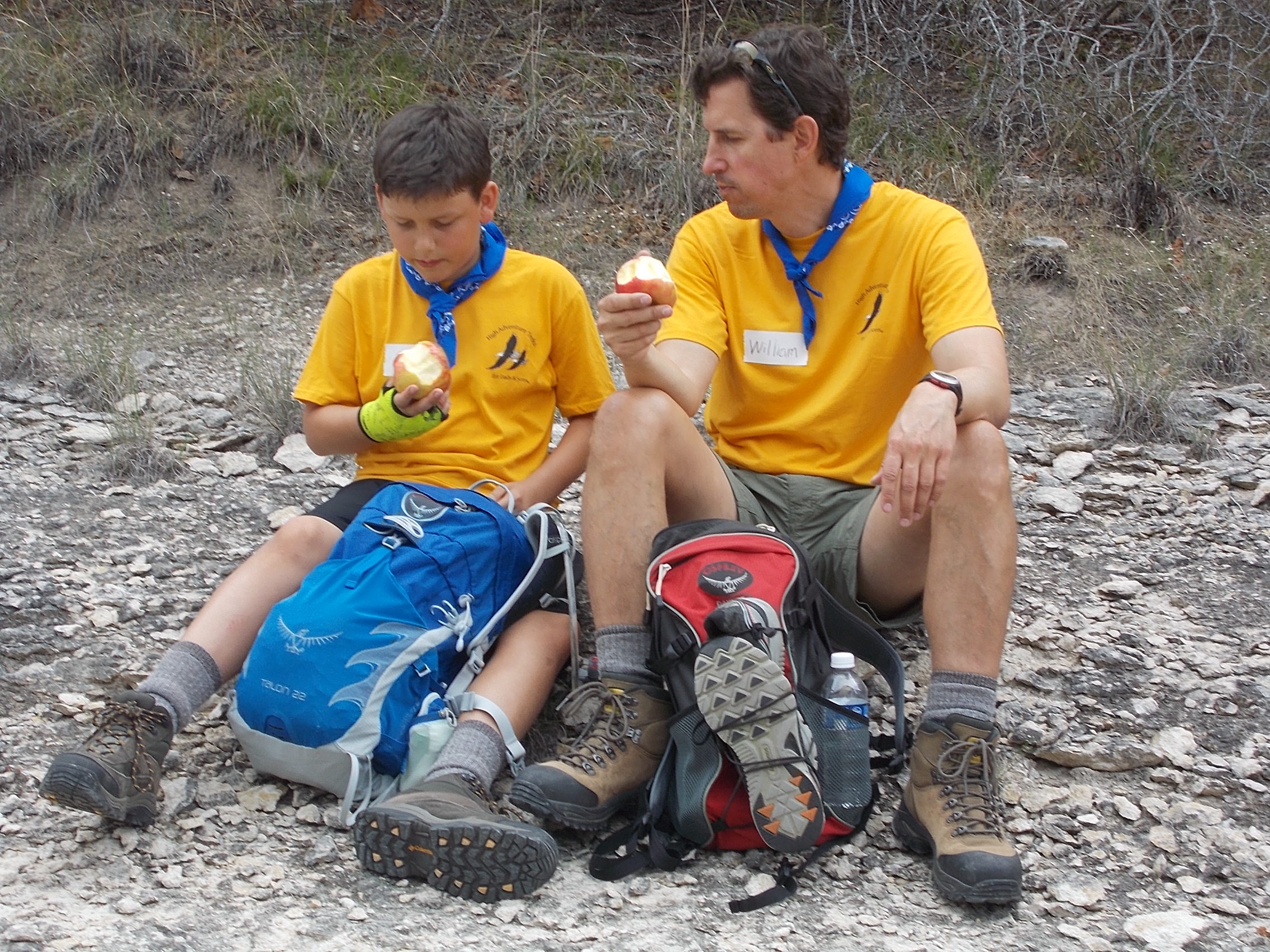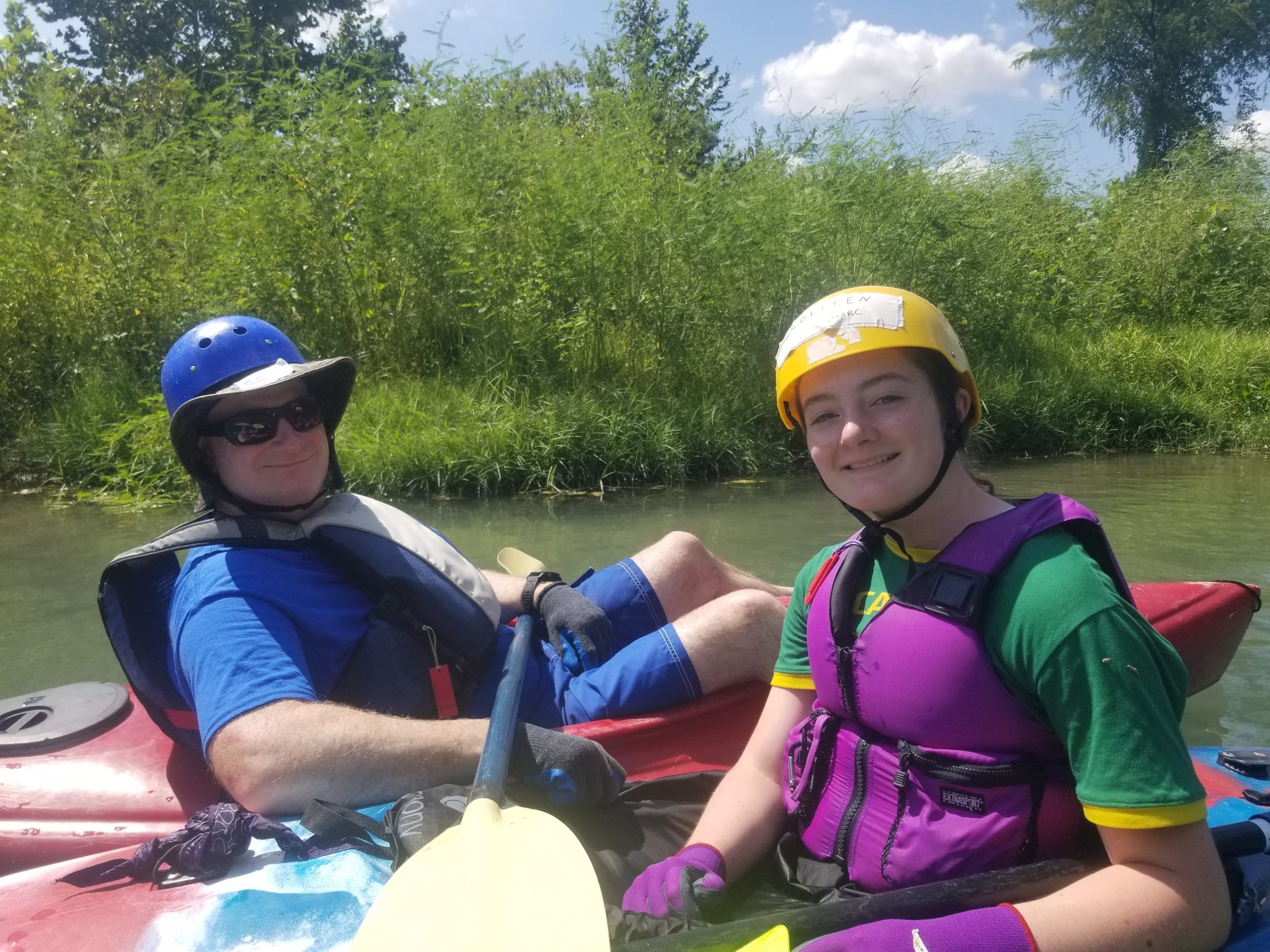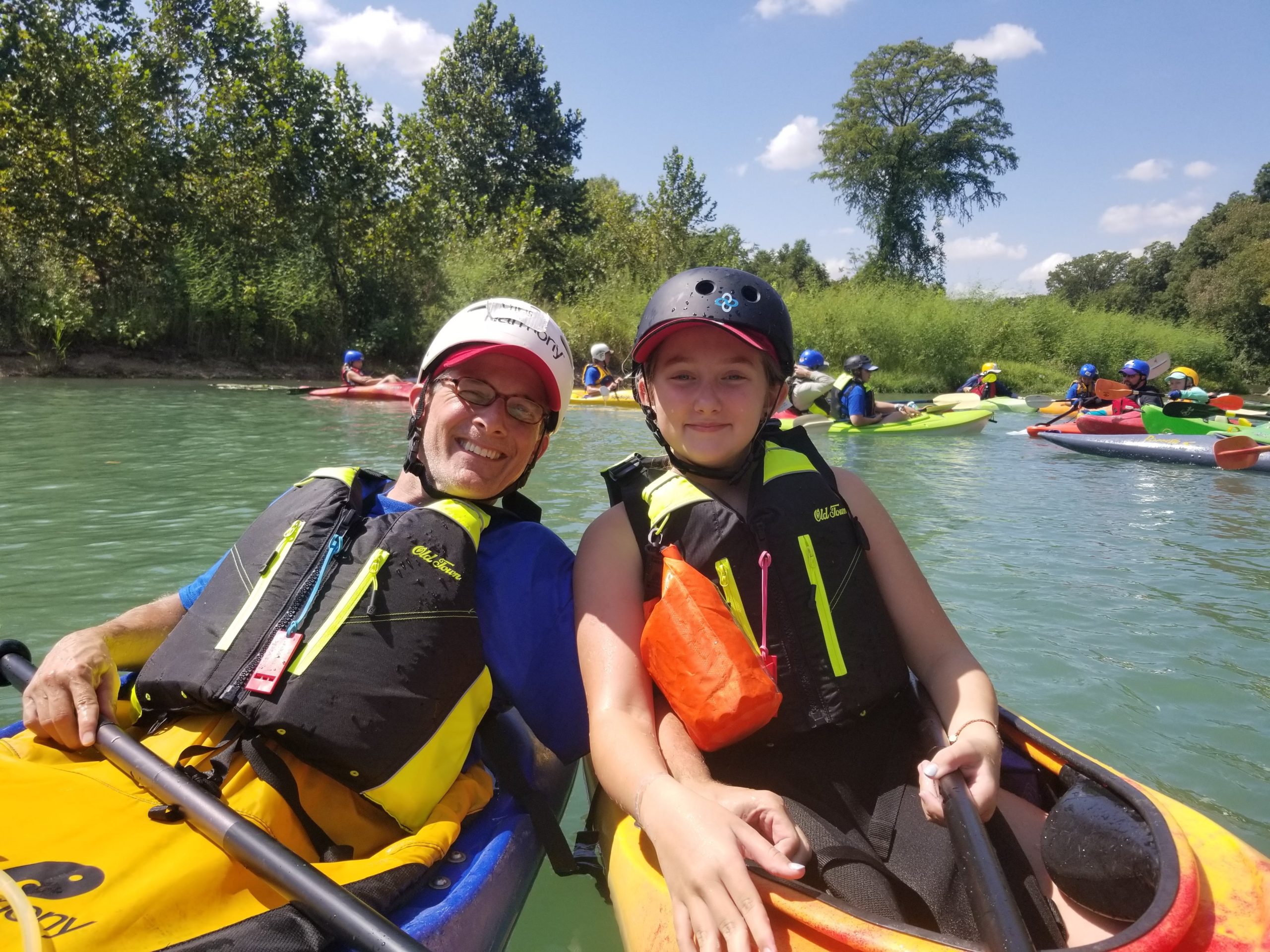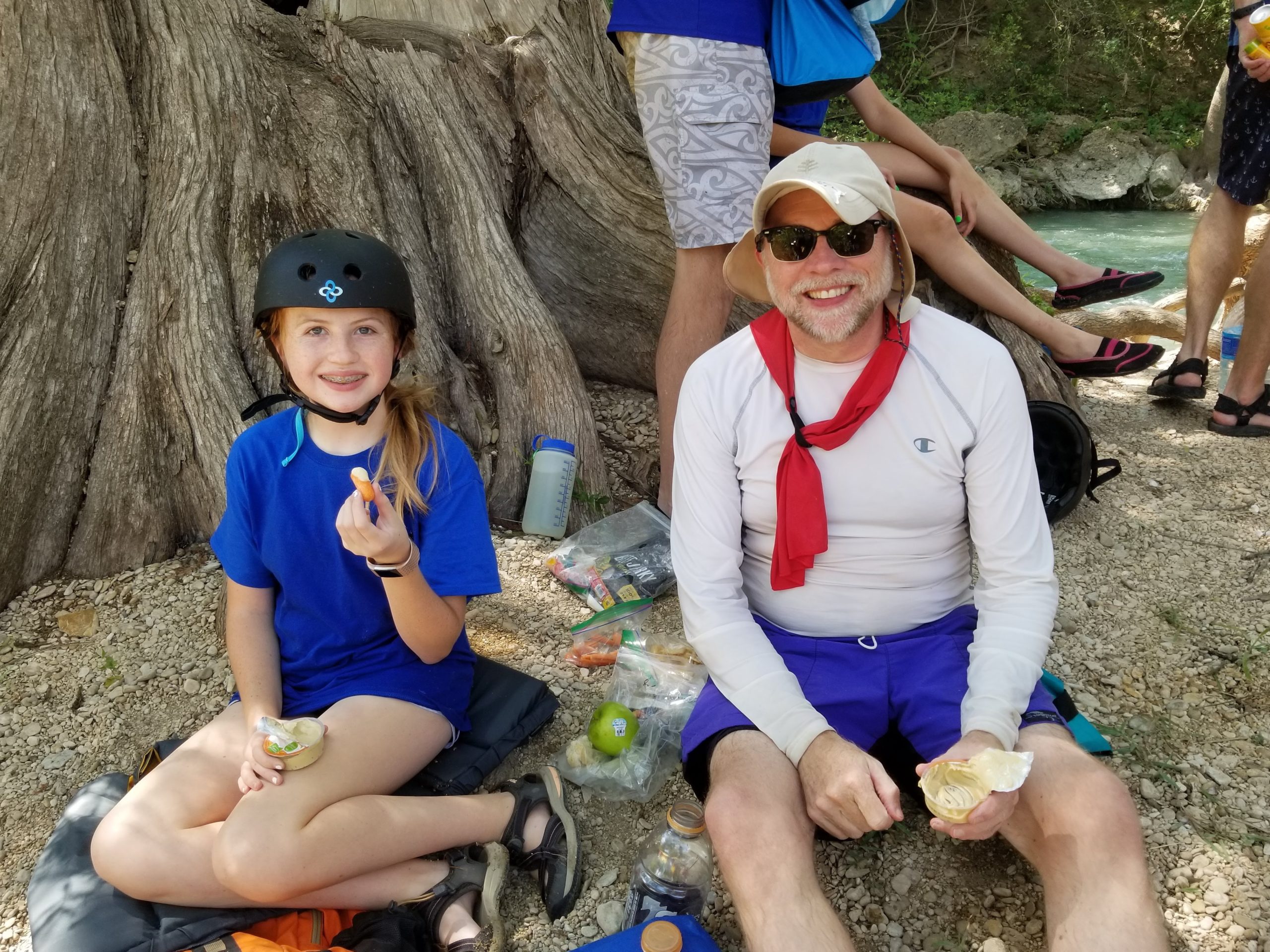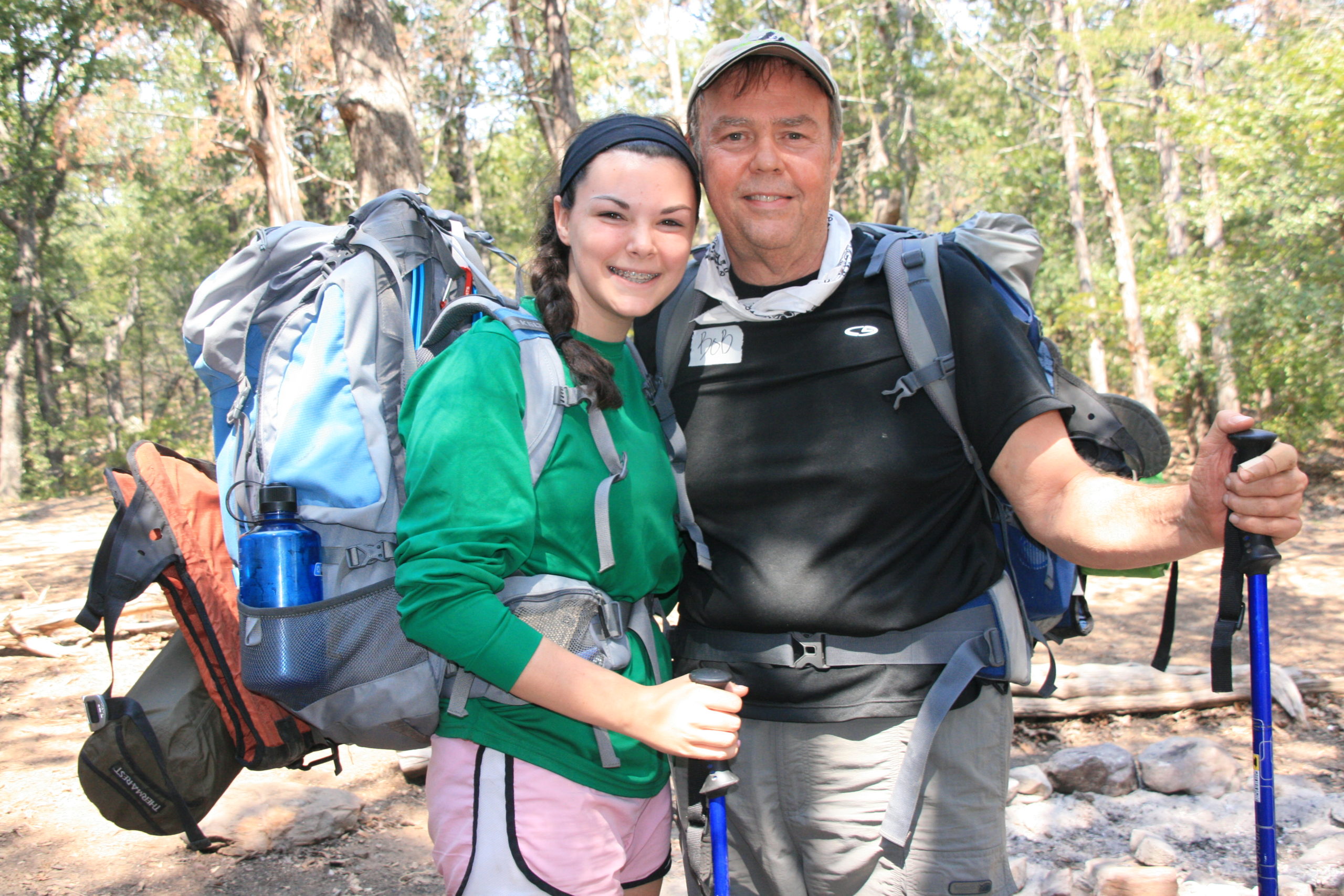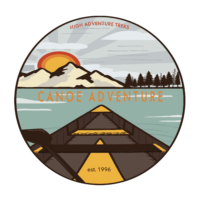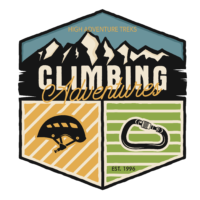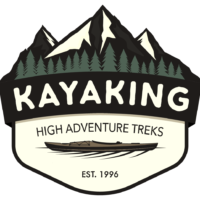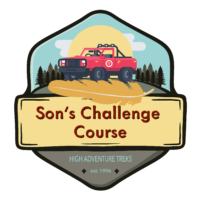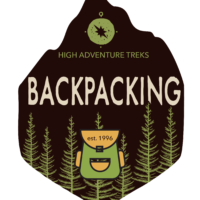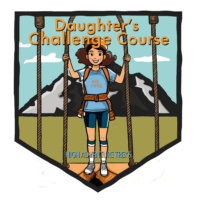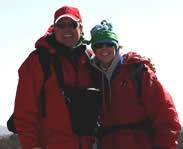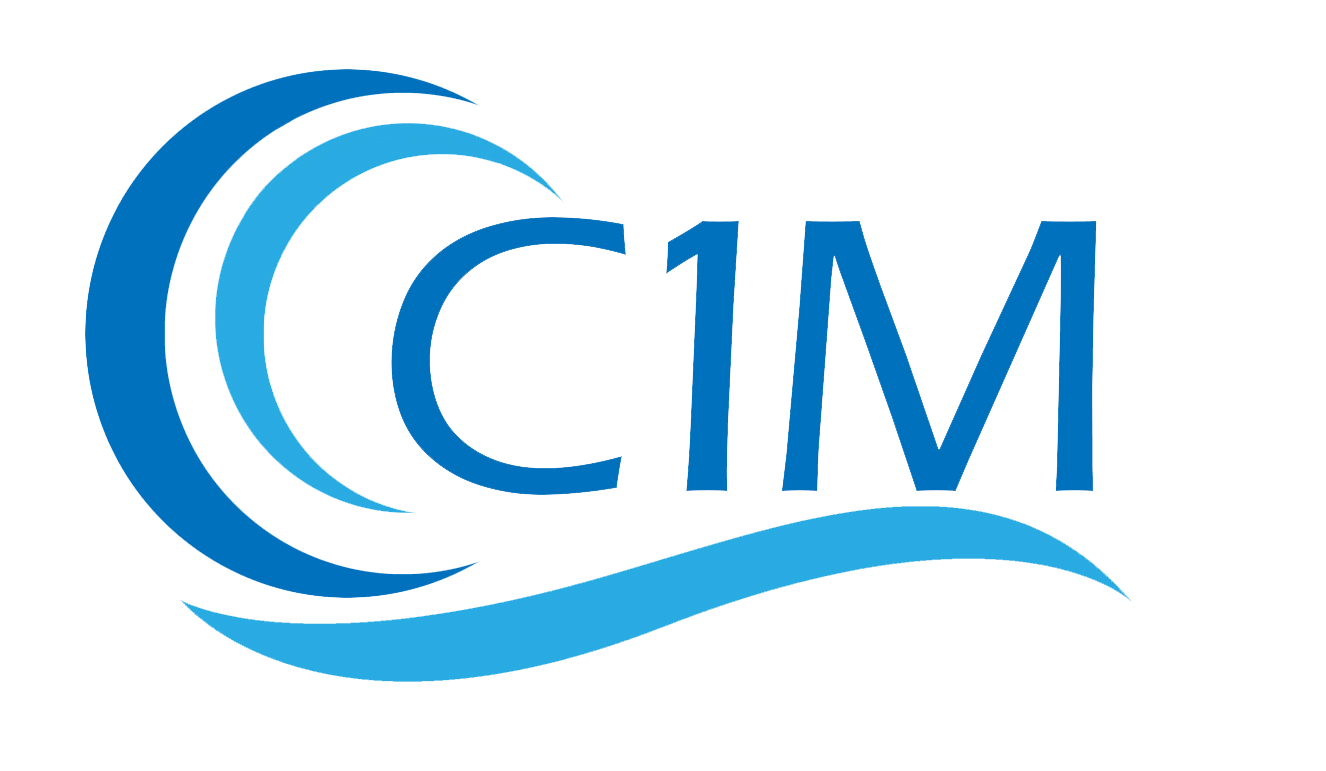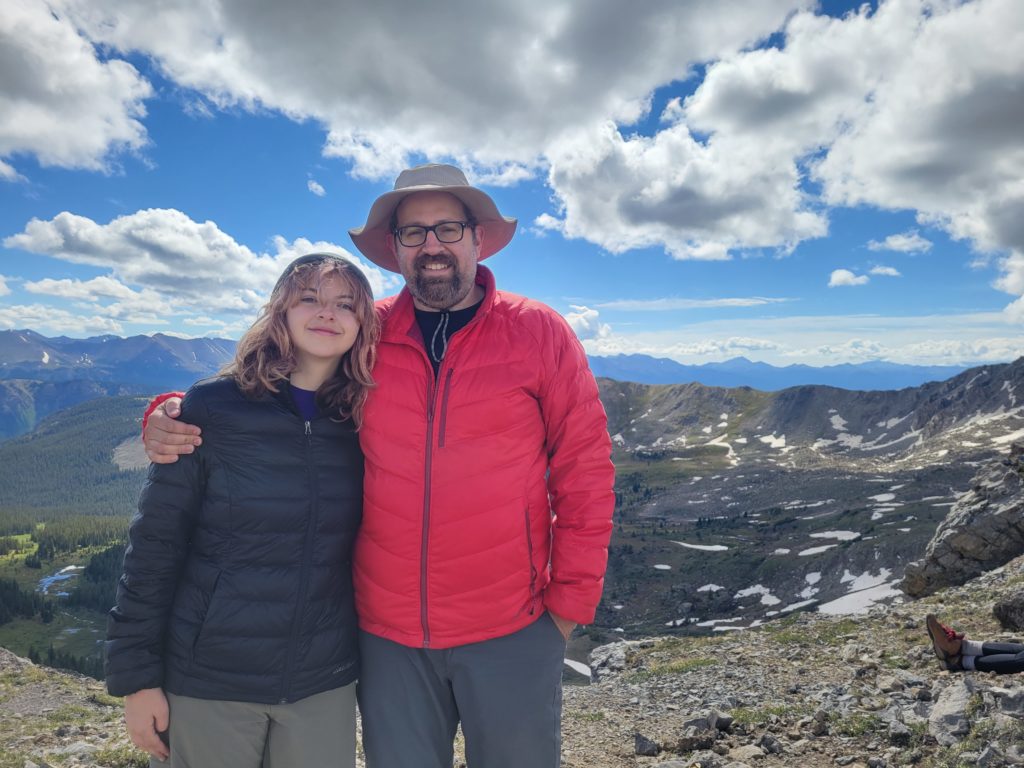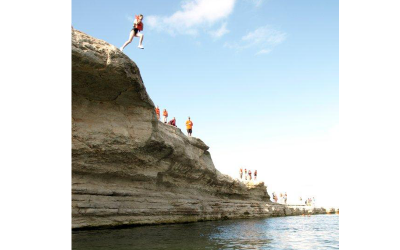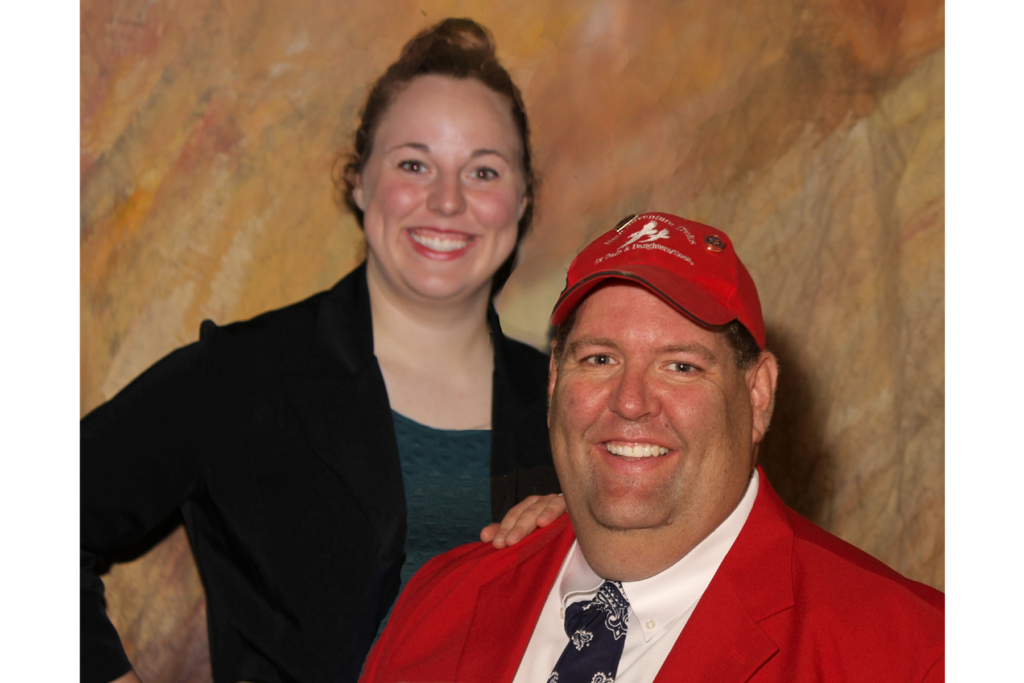Welcome To High Adventure Treks
Growing Relationships, Communication, and Leadership Through Adventure with our Dads
1
Become a Member
Join our High Adventure Treks Family by becoming a member. This step opens the door to a world of exciting possibilities.
2
We Bond
High Adventure Treks offers you the gift of time. You’ll have 48 hours exclusively with your daughter and son away from screens and distractions.
3
We Lead
Leadership is a skill your child can develop from a young age. As a father, you’ll play an active role in fostering these essential skills.
4
We Soar
It’s time to dive into unforgettable one-on-one adventures with your child. Our experiences are carefully crafted to create a deep connection and lasting memories.
Don’t wait for tomorrow to genuinely connect with your child. Strengthen your bond today.
At High Adventure Treks, we are more than just an outdoor adventure organization. We are a
passionate community of fathers, daughters and sons, driven by the unwavering belief in the power of shared experiences to transform relationships.
Our mission is clear, we are committed to Growing Relationships, Communication, and Leadership Through Adventure with our Dads
Are you a dedicated father ready to grow a strong and meaningful relationship with your child? Dads, be the hero to your child to help them grow and become a great leader away from the distractions of today’s world.
Look no further! High Adventure Treks is here to make these dreams a reality.

About Us
At High Adventure Treks, we understand that every father-child relationship is unique, and that’s why we offer a range of age-appropriate adventures and leadership designed bring together fathers with their daughters and sons, to connect on a deeper level while embarking on thrilling adventures that instill confidence, leadership, and lasting memories.
Our Adventures
Your Journey to Unbreakable Bonds with Your Child Begins Here:
All of our adventures are designed to establish three foundational pillars

Relationships

Communication


